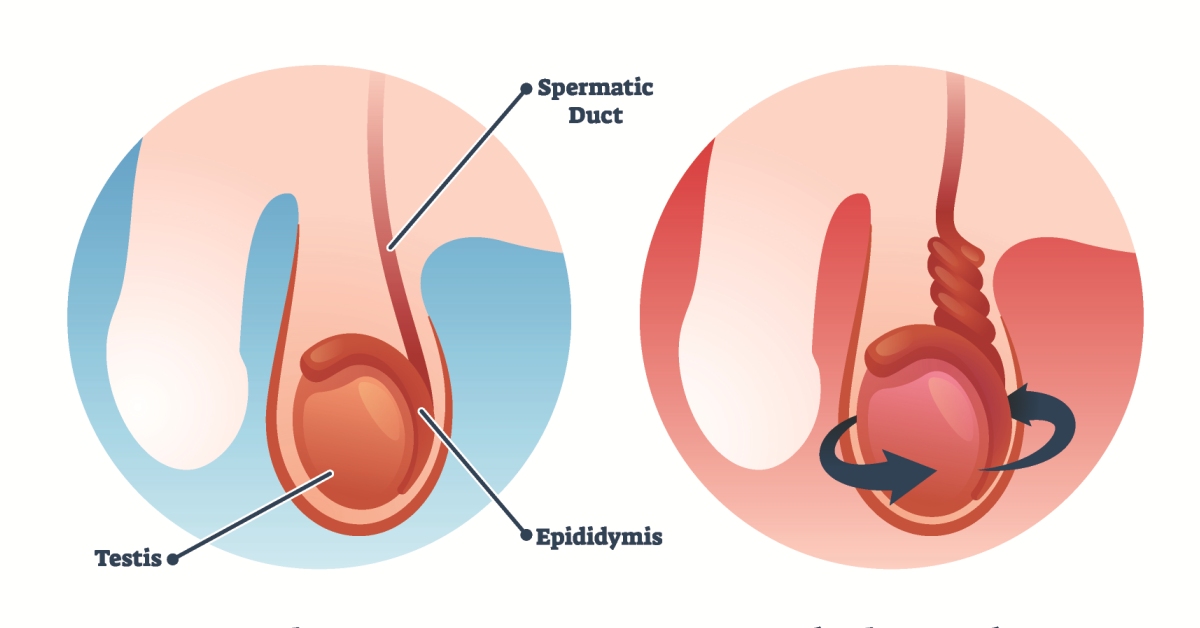
Testicular Torsion Treatment in India
Table of Contents What is Testicular Torsion? Testicular torsion is a medical emergency that occurs when the spermatic cord, which supplies blood to the testicle,

Table of Contents What is Testicular Torsion? Testicular torsion is a medical emergency that occurs when the spermatic cord, which supplies blood to the testicle,
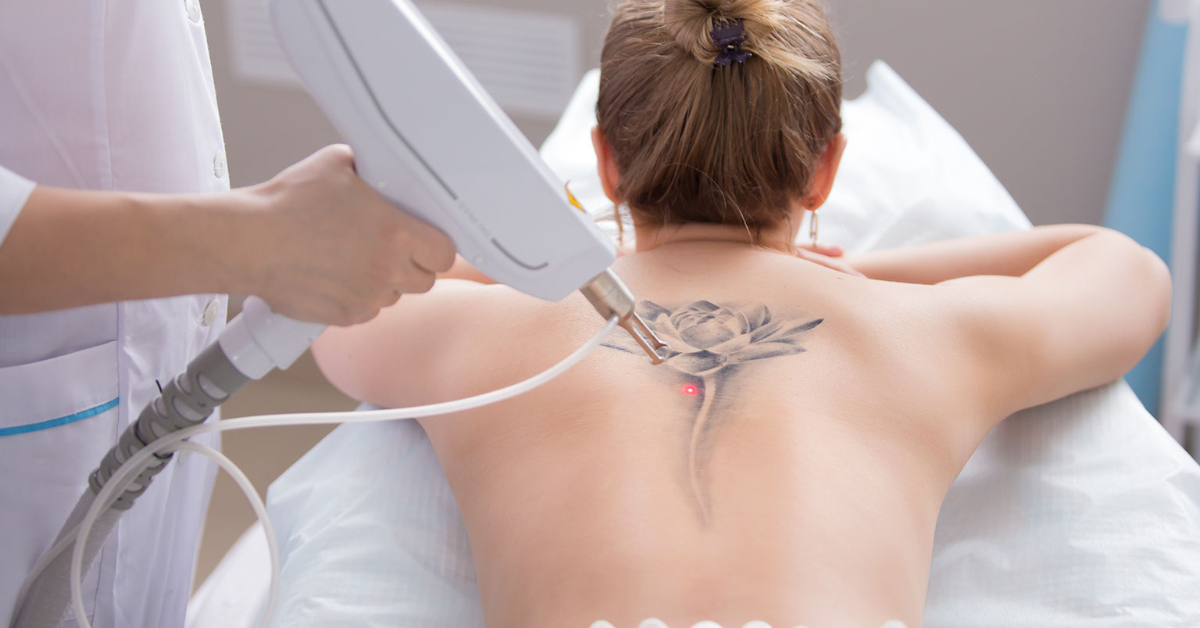
Table of Contents What is Tattoo Removal? Tattoo removal is a process designed to eliminate unwanted tattoos from the skin, offering a solution for individuals

Table of Contents What is Targeted Drug The*rapy? Targeted drug the*rapy represents a sophisticated approach to cancer treatment that focuses on attacking cancer cells with
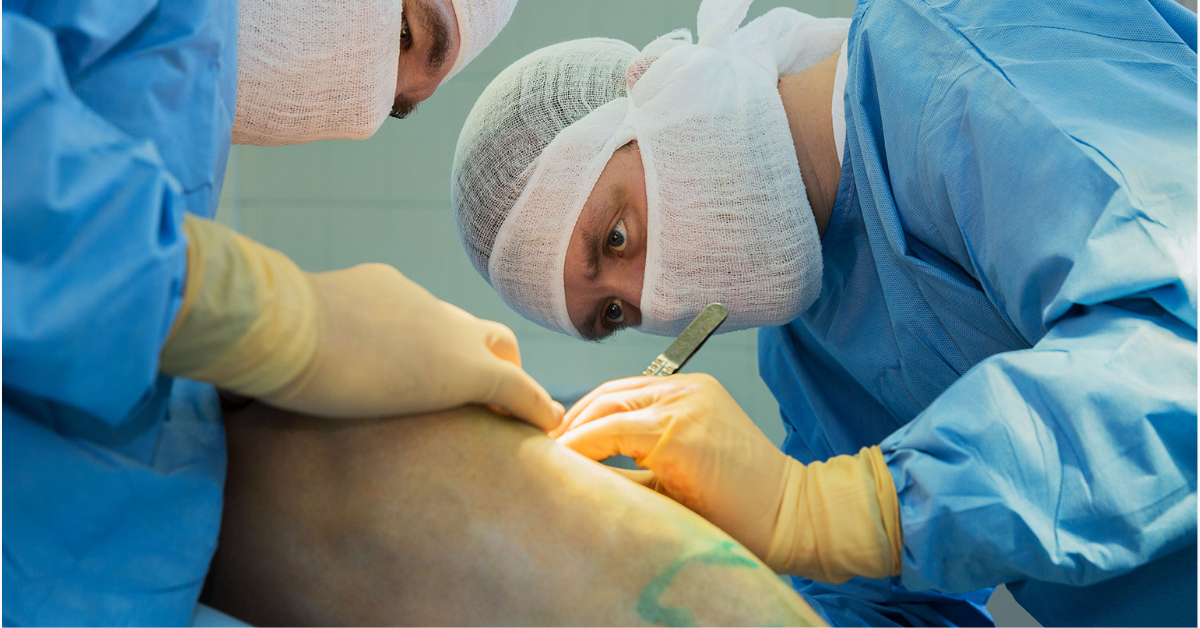
Table of Contents What is Surgical Thrombectomy? Surgical thrombectomy is a critical procedure designed to remove blood clots obstructing blood vessels, often performed in cases
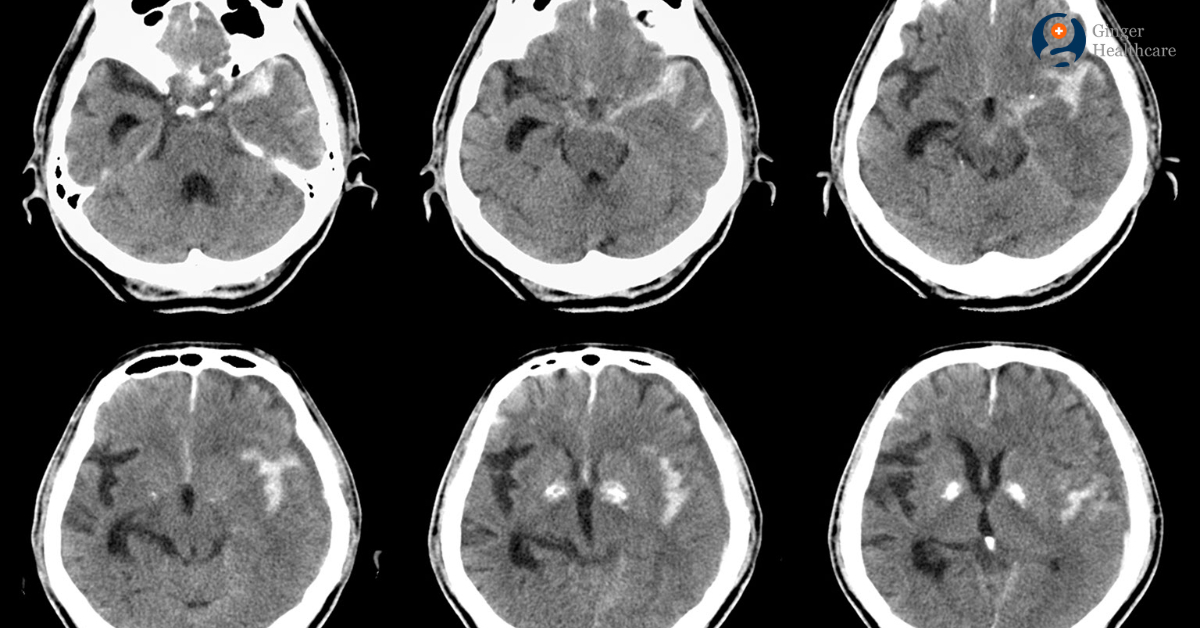
Table of Contents What is Subarachnoid Hemorrhage? Subarachnoid hemorrhage (SAH) is a life-threatening medical emergency that occurs when there is bleeding into the space between
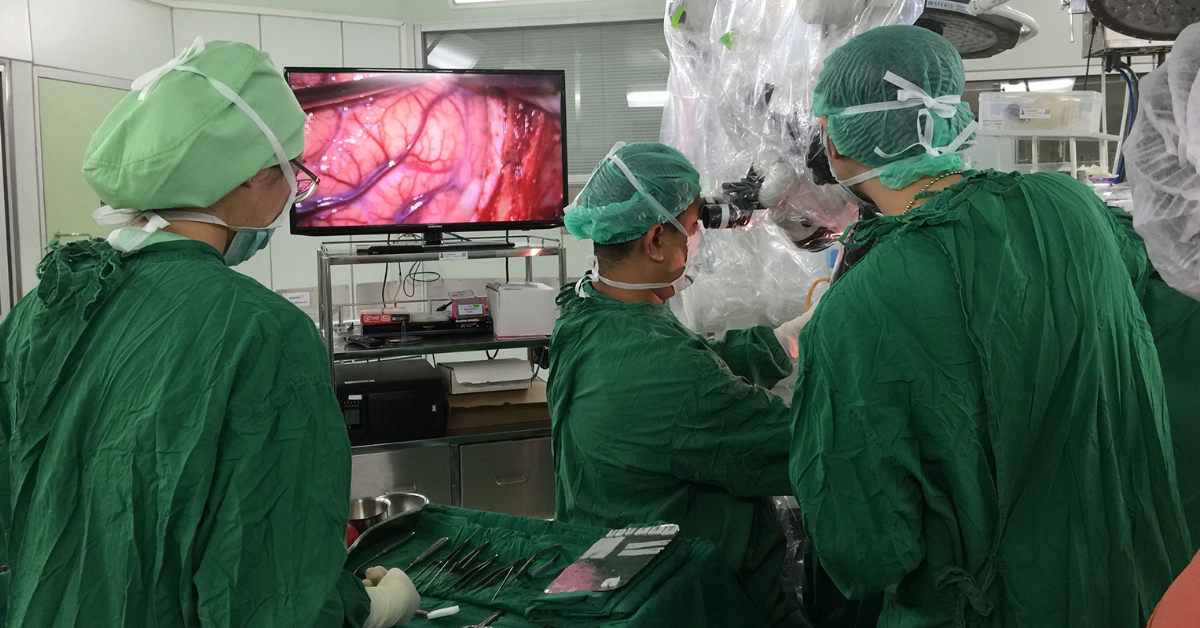
Table of Contents What is Stroke Surgery? Stroke surgery is a critical intervention aimed at addressing the severe consequences of a stroke, which occurs when

Table of Contents What is Stroke? A stroke, often referred to as a cerebrovascular accident, occurs when blood flow to a part of the brain
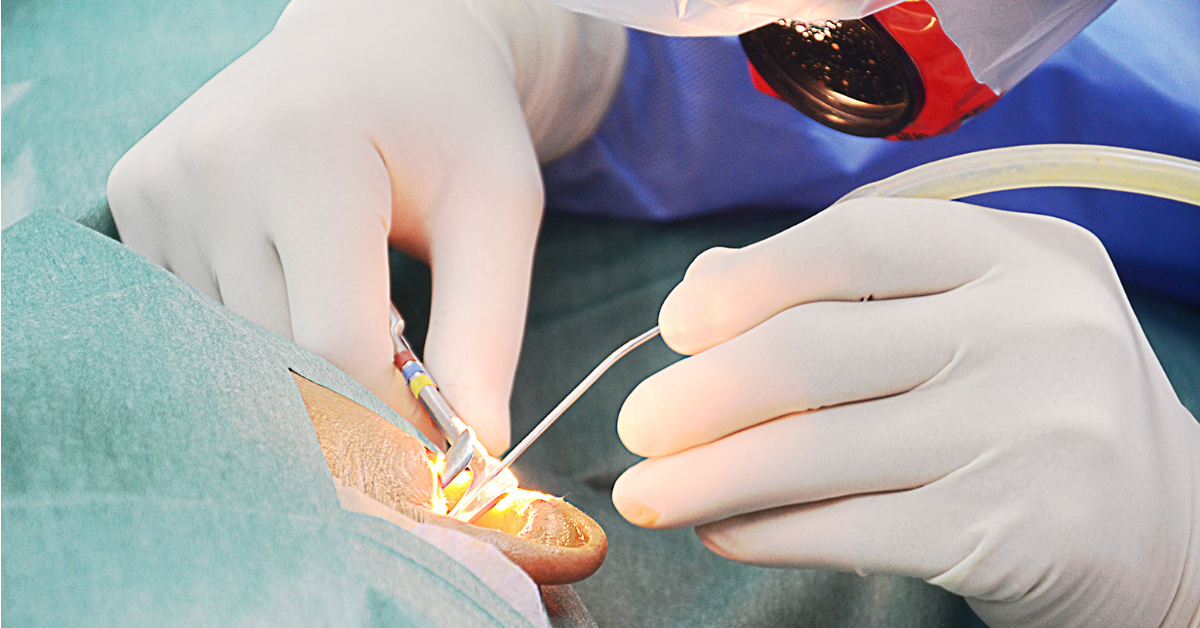
Table of Contents What is Stapedectomy? Stapedectomy is a surgical procedure designed to improve hearing in patients with a condition known as otosclerosis, where the

Table of Contents What is Spondylolisthesis? Spondylolisthesis is a spinal condition where one vertebra slips forward over the vertebra below it, often leading to back
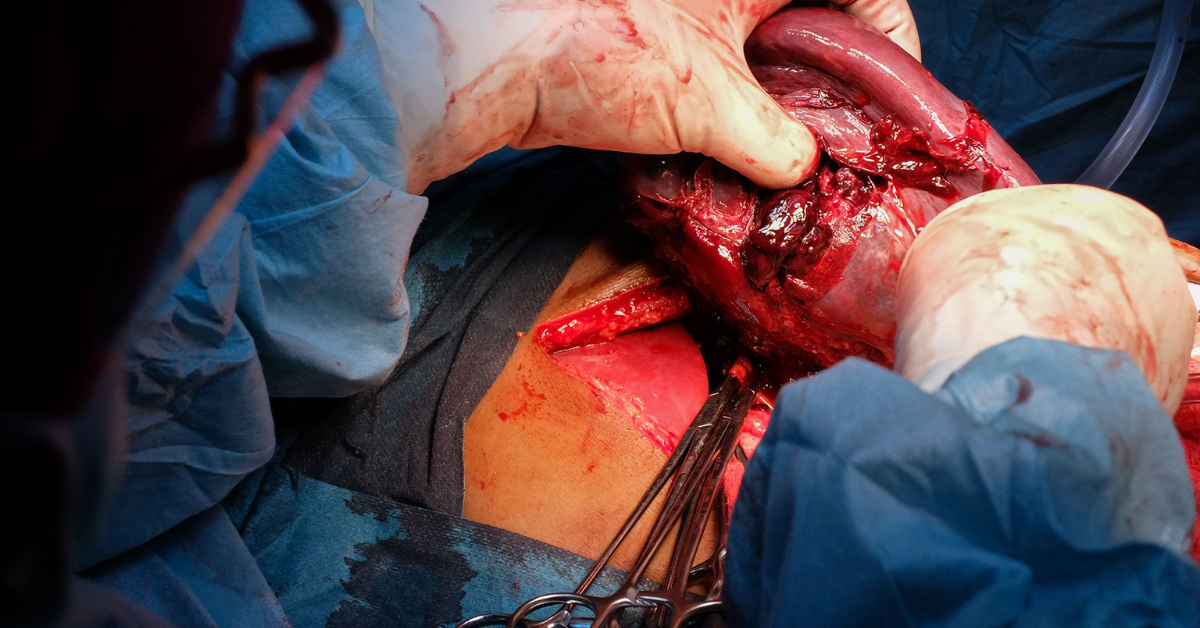
Table of Contents What is Splenectomy? Splenectomy is a surgical procedure that involves the removal of the spleen, an organ located in the upper left

Table of Contents What is Spinal Stenosis? Spinal stenosis is a condition characterized by the narrowing of the spinal canal, which can compress the spinal

Table of Contents What is Sleep Apnea? Sleep apnea is a serious sleep disorder characterized by repeated interruptions in breathing during sleep. This condition can

Table of Contents What is Sinus Surgery? Sinus surgery is a medical procedure designed to address chronic or severe sinus issues that cannot be managed
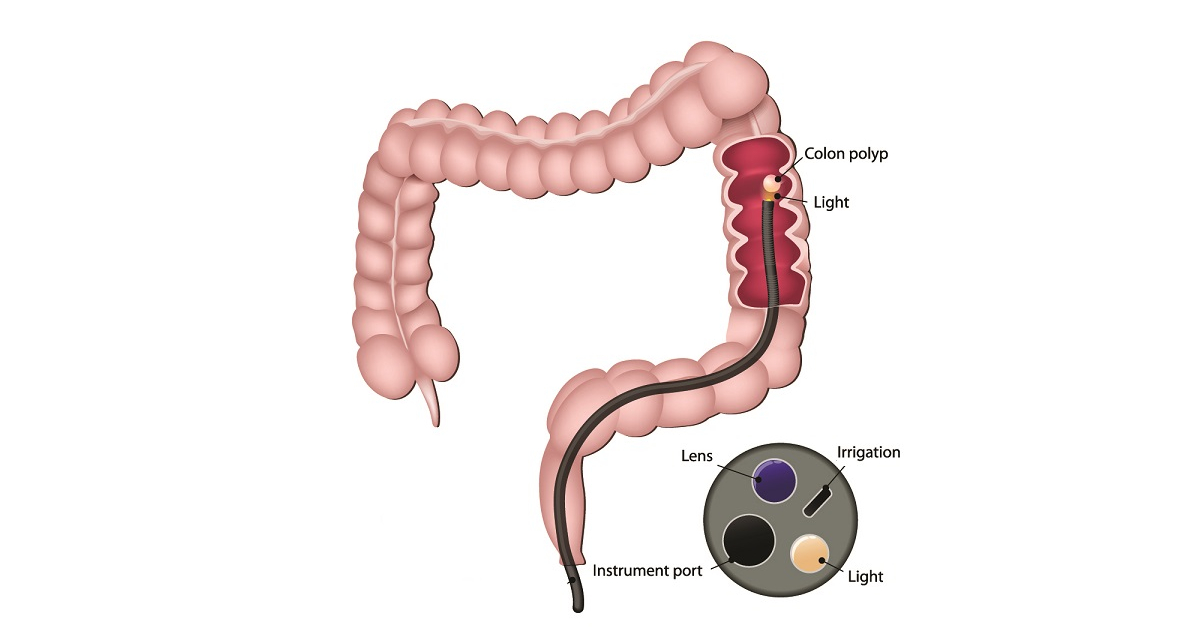
Table of Contents What is Sigmoidoscopy? Sigmoidoscopy is a diagnostic procedure used to examine the lower part of the large intestine, including the rectum and

Table of Contents What is Sickle Cell Anemia? Sickle cell anemia is a genetic blood disorder where red blood cells become abnormally shaped like crescents,
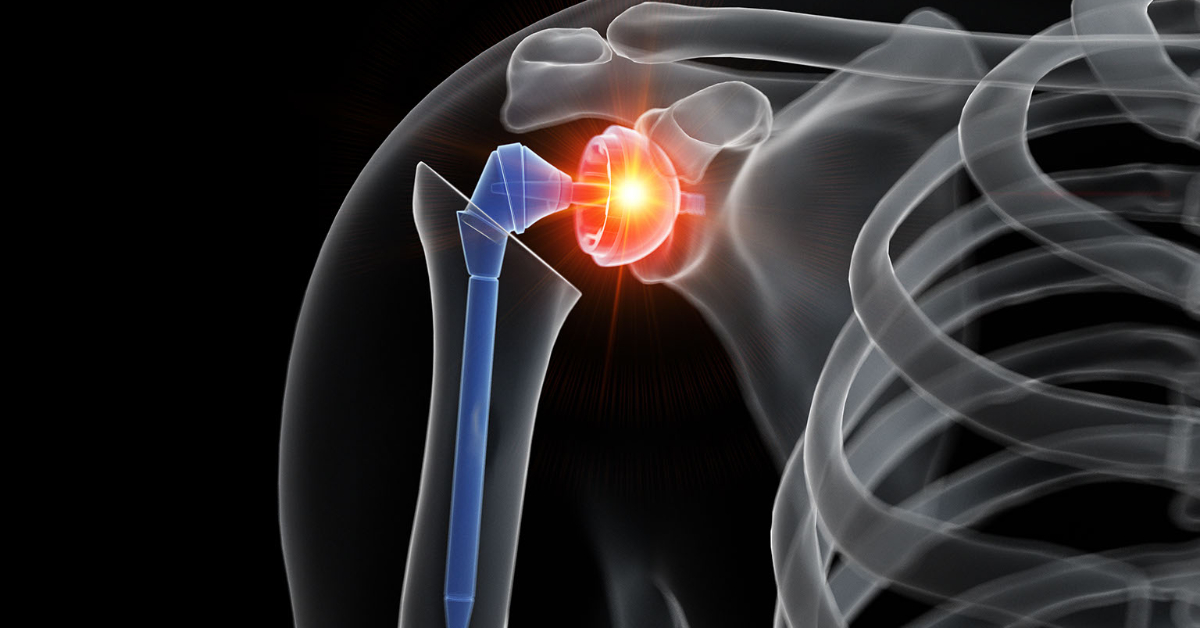
Table of Contents What is Shoulder Arthroscopy ? Shoulder arthroscopy is a minimally invasive surgical procedure used to diagnose and treat various shoulder conditions. This

Table of Contents What is Septoplasty? Septoplasty is a surgical procedure designed to correct a deviated septum, the cartilage and bone structure that divides the

Table of Contents What is Schizophrenia ? Schizophrenia is a severe and chronic mental disorder characterized by disturbances in thought, perception, and behavior. Individuals with

Table of Contents What is Sclerothe*rapy? Sclerothe*rapy is a minimally invasive medical procedure used to treat varicose veins and spider veins. The technique involves injecting

Table of Contents What is Sciatica? Sciatica refers to pain that radiates along the path of the sciatic nerve, which extends from the lower back
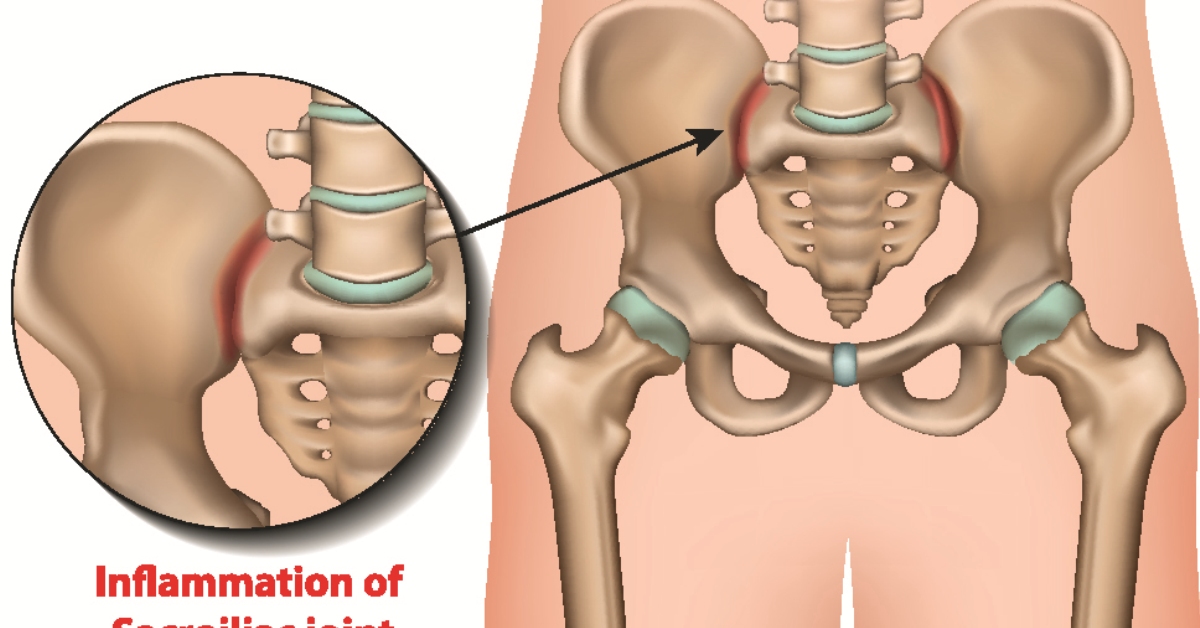
Table of Contents What is Sacroiliitis? Sacroiliitis is the inflammation of the sacroiliac joints, which connect the lower spine to the pelvis. This condition can

Table of Contents What is Ruptured Eardrum? A ruptured eardrum, also known as a perforated tympanic membrane, occurs when there is a tear or hole
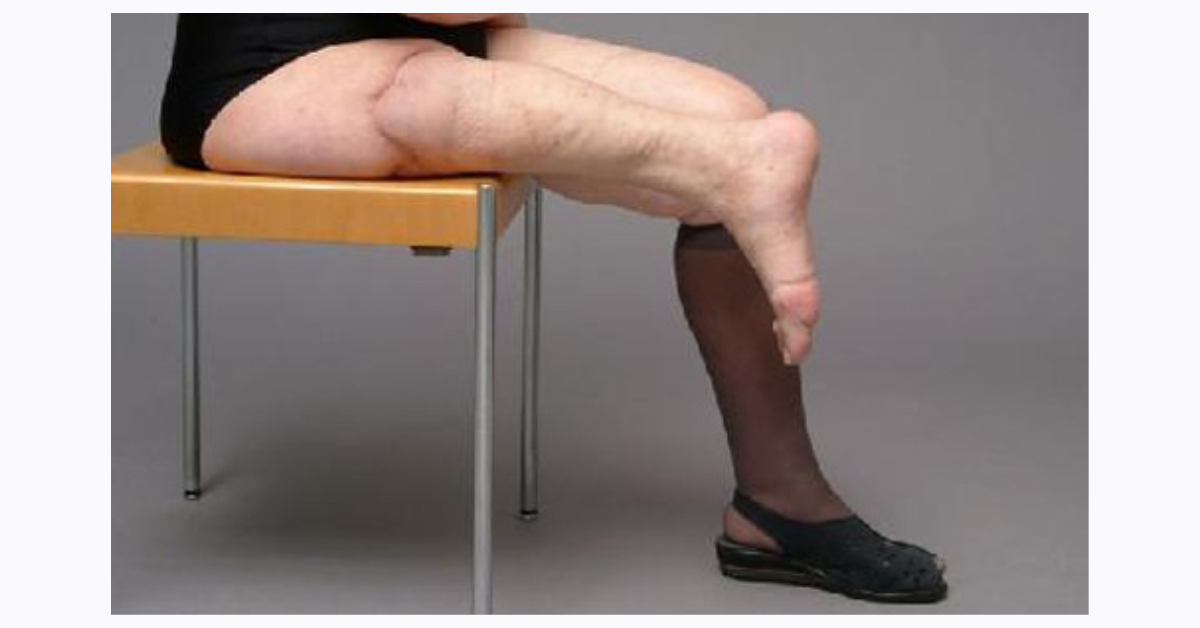
Table of Contents What is Rotationplasty? Rotationplasty is a surgical procedure used to treat bone cancers, particularly in the lower limbs. It involves removing part

Table of Contents What is Root Canal? A root canal is a dental procedure designed to treat infection or damage within the pulp of a

Table of Contents What is Robotic Hysterectomy ? Robotic hysterectomy is a minimally invasive surgical procedure used to remove the uterus with the aid of
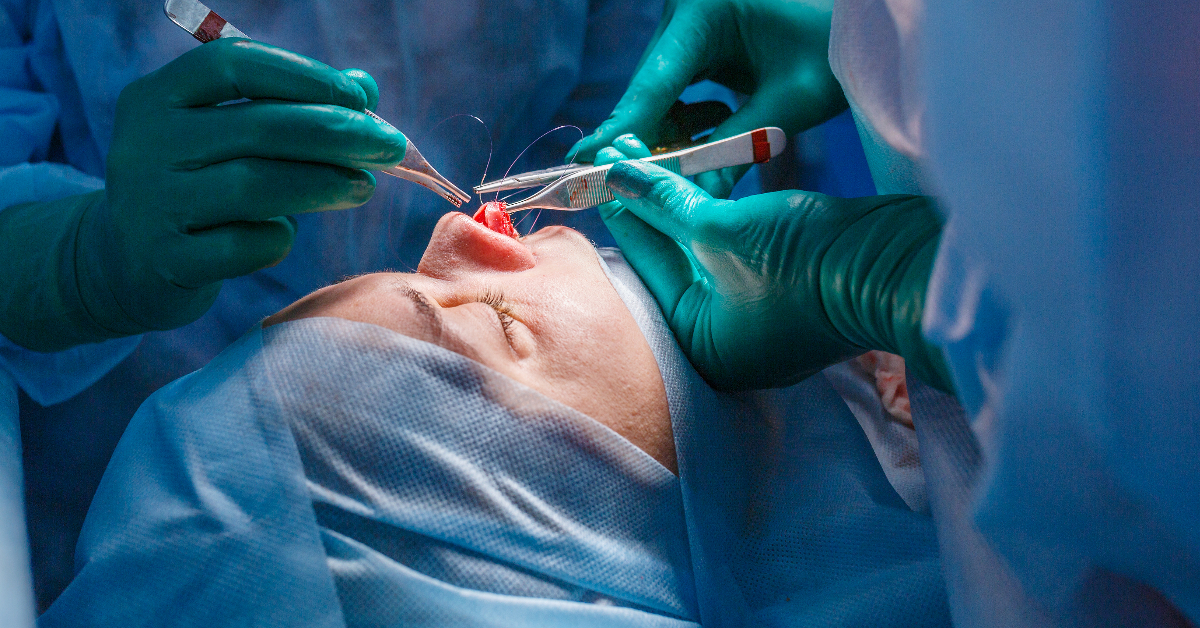
Table of Contents What is Rhinoplasty? Rhinoplasty, or a nose job, is a surgical procedure to reshape or resize the nose for cosmetic enhancement or
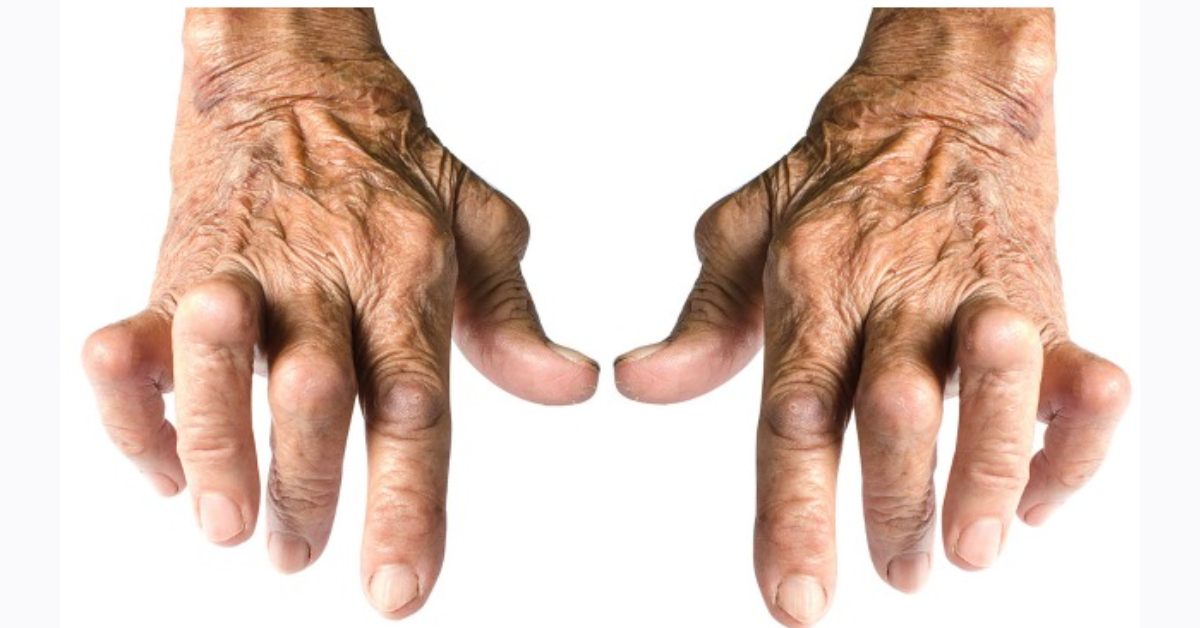
Table of Contents What is Rheumatoid Arthritis? Rheumatoid arthritis (RA) is a chronic autoimmune disorder that primarily affects the joints, causing inflammation, pain, and swelling.
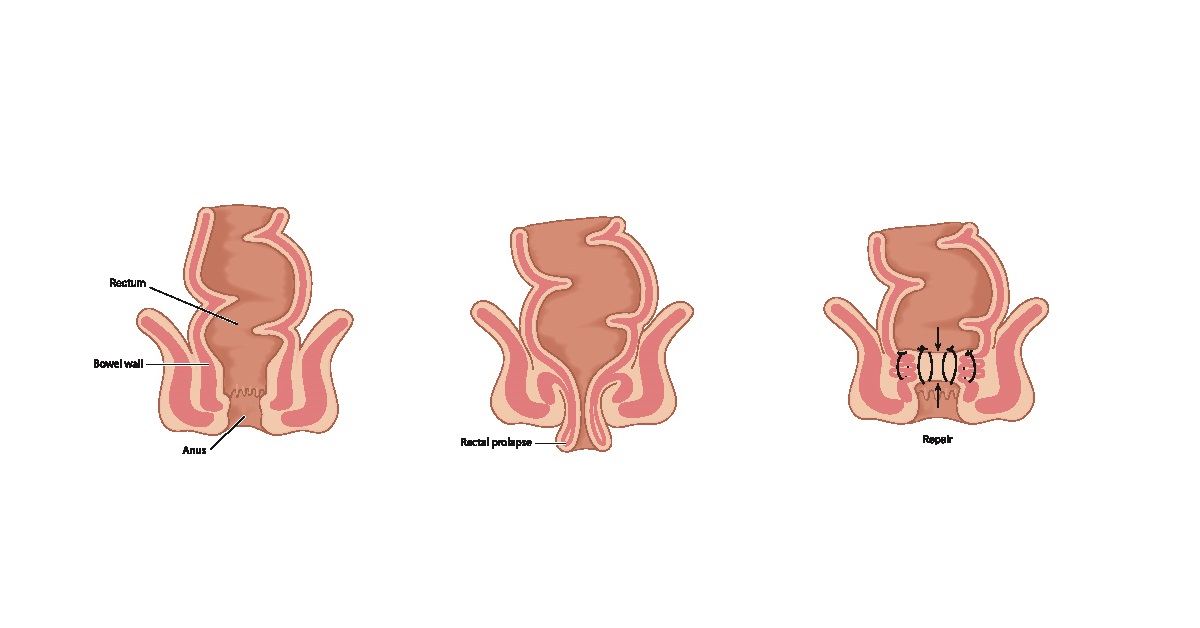
Table of Contents What is Rectal Prolapse? Rectal prolapse occurs when the rectum, the final segment of the large intestine, protrudes through the anus. This

Table of Contents What is Rectal Cancer? Rectal cancer originates as abnormal cell growth in the rectum, the final portion of the large intestine, ending
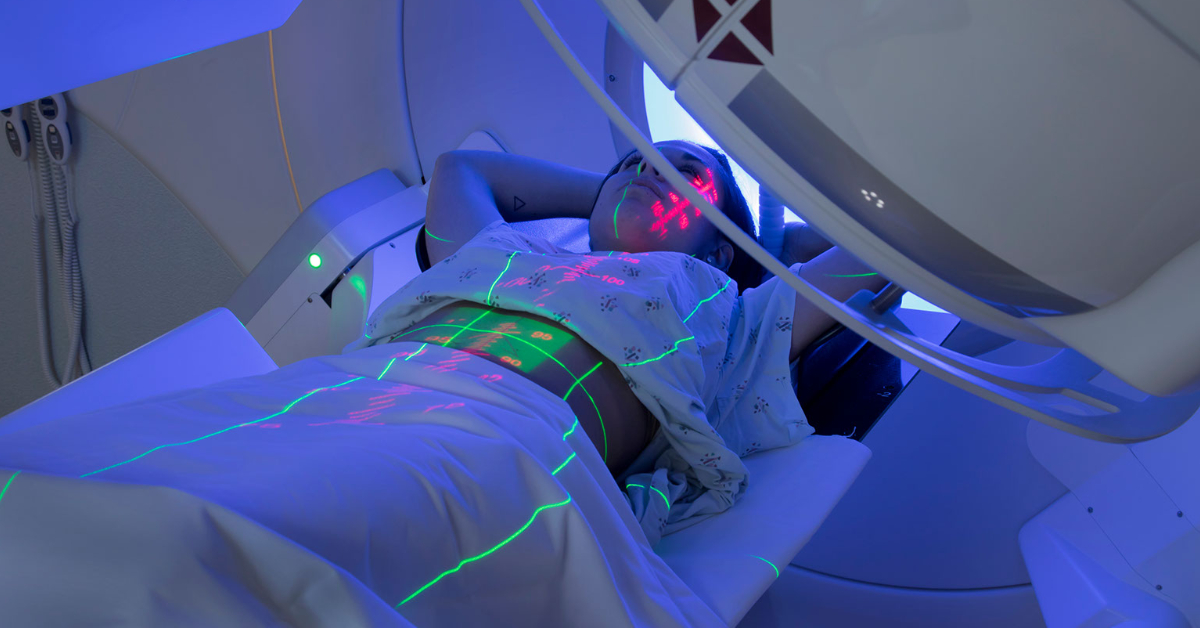
Table of Contents What is Radiation Treatment? Radiation treatment, or radiation therapy, is a medical procedure used to target and destroy cancer cells or shrink
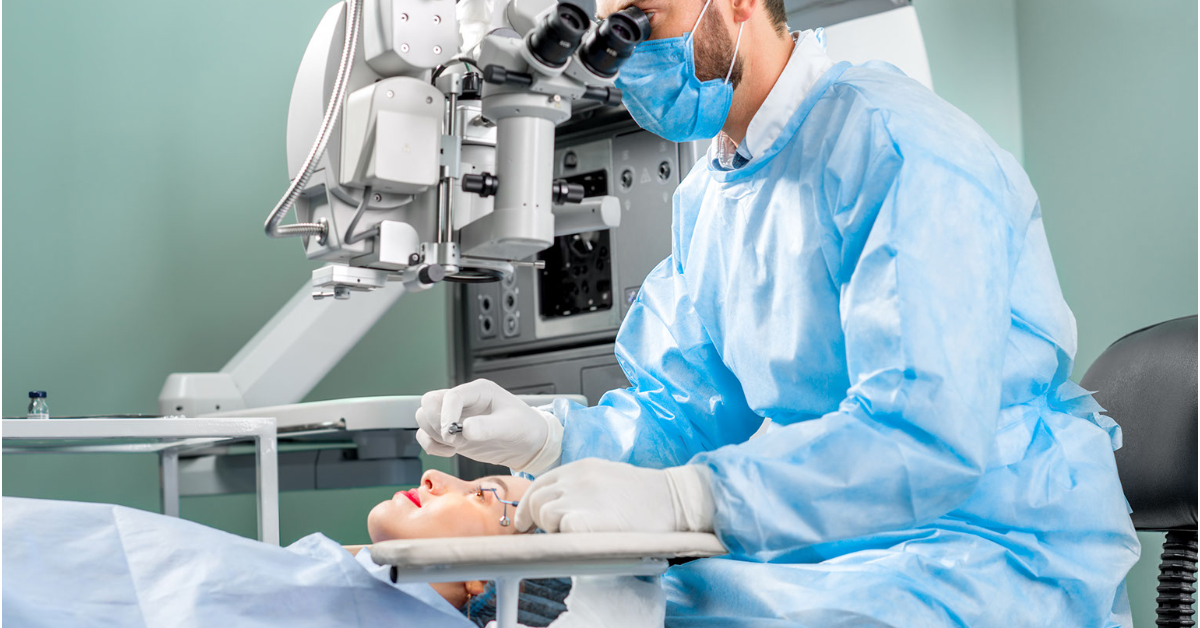
Table of Contents What is Radial Keratotomy? Radial keratotomy (RK) is a surgical procedure designed to correct vision by reshaping the cornea, the clear front
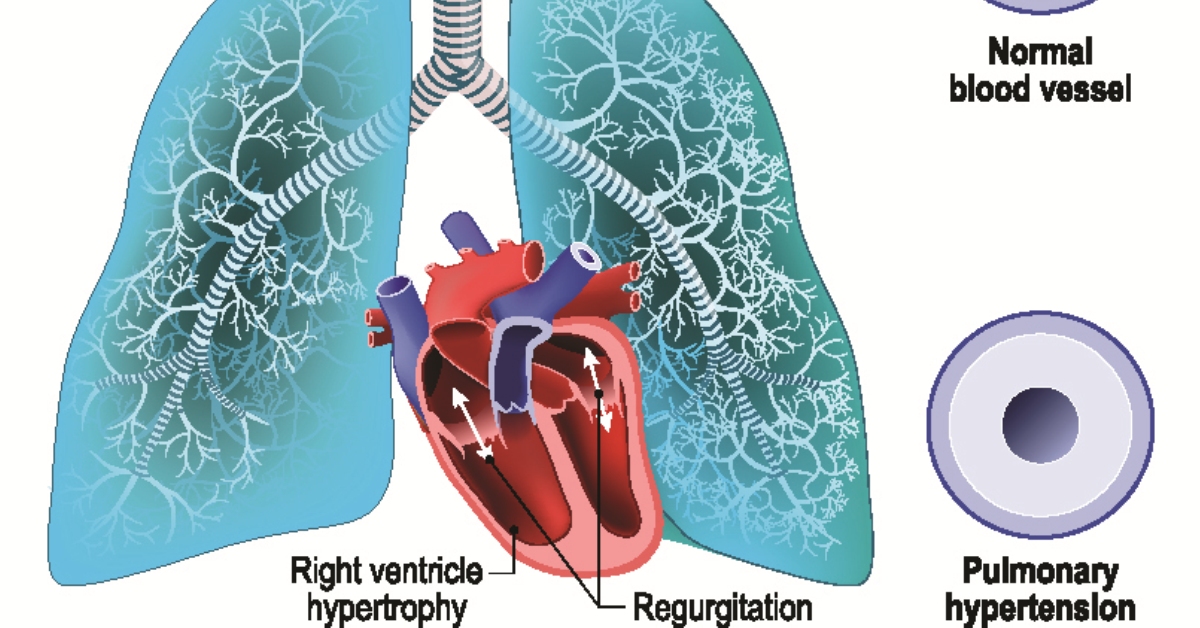
Table of Contents What is Pulmonary Hypertension? Pulmonary hypertension is a serious condition characterized by elevated blood pressure in the arteries of the lungs, leading
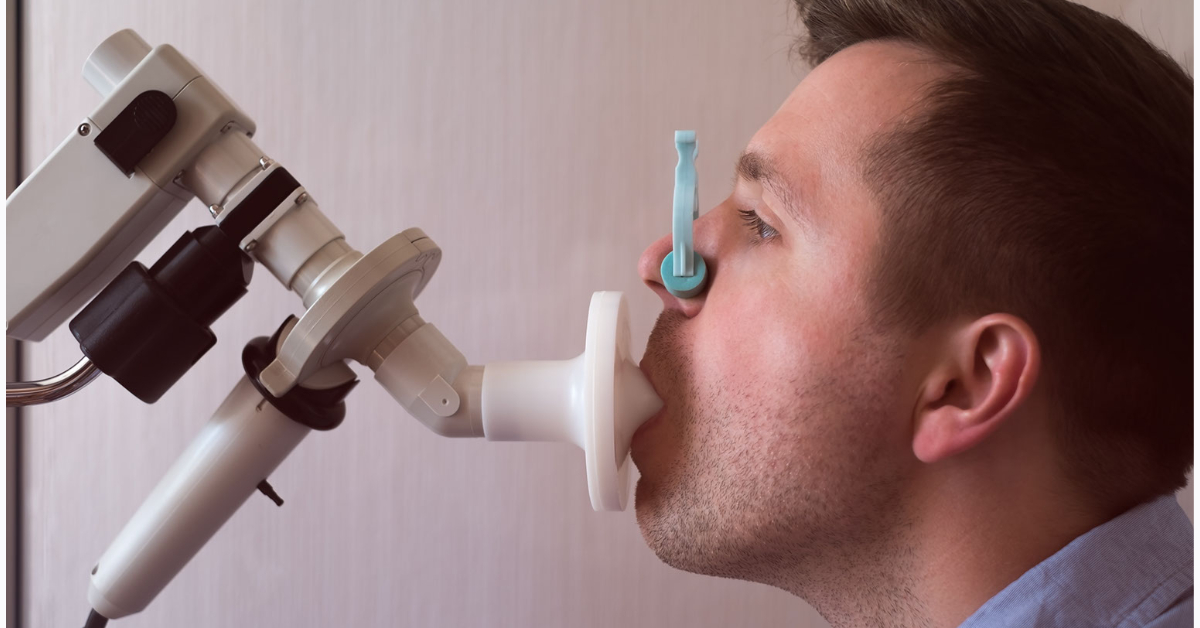
Table of Contents What is Pulmonary Function Test? A pulmonary function test (PFT) is a diagnostic procedure used to evaluate how well your lungs are
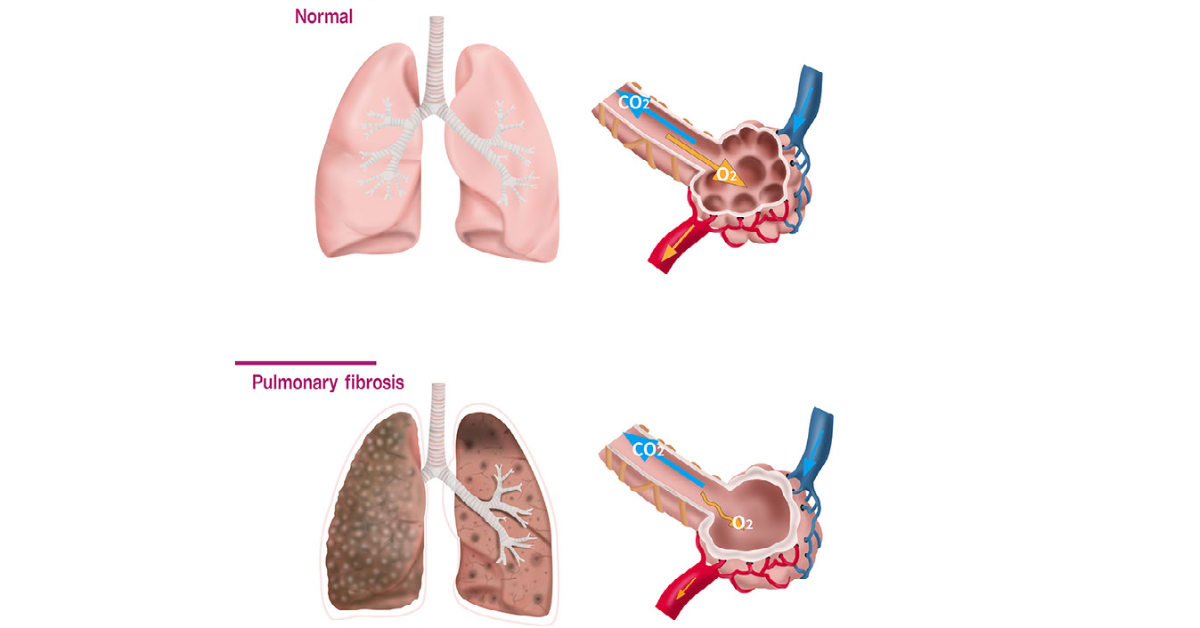
Table of Contents What is Pulmonary Fibrosis? Pulmonary fibrosis is a lung disease where the lung tissue becomes scarred and stiff, leading to difficulty breathing
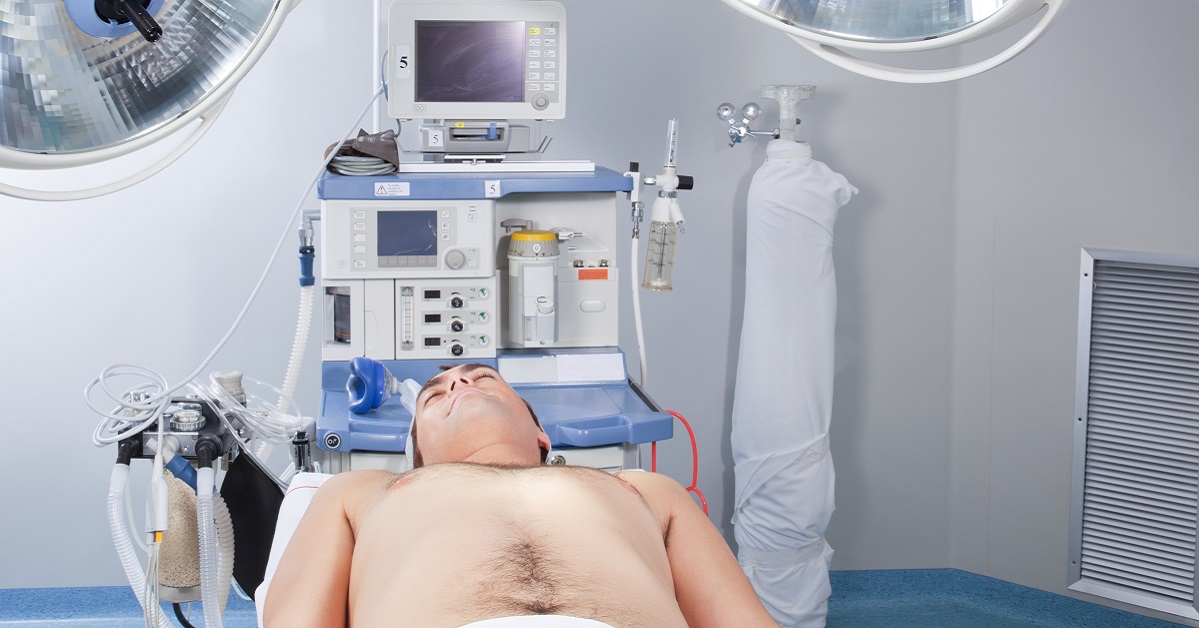
Table of Contents What is Prostatectomy? Prostatectomy is a surgical procedure aimed at removing part or all of the prostate gland, located in the male
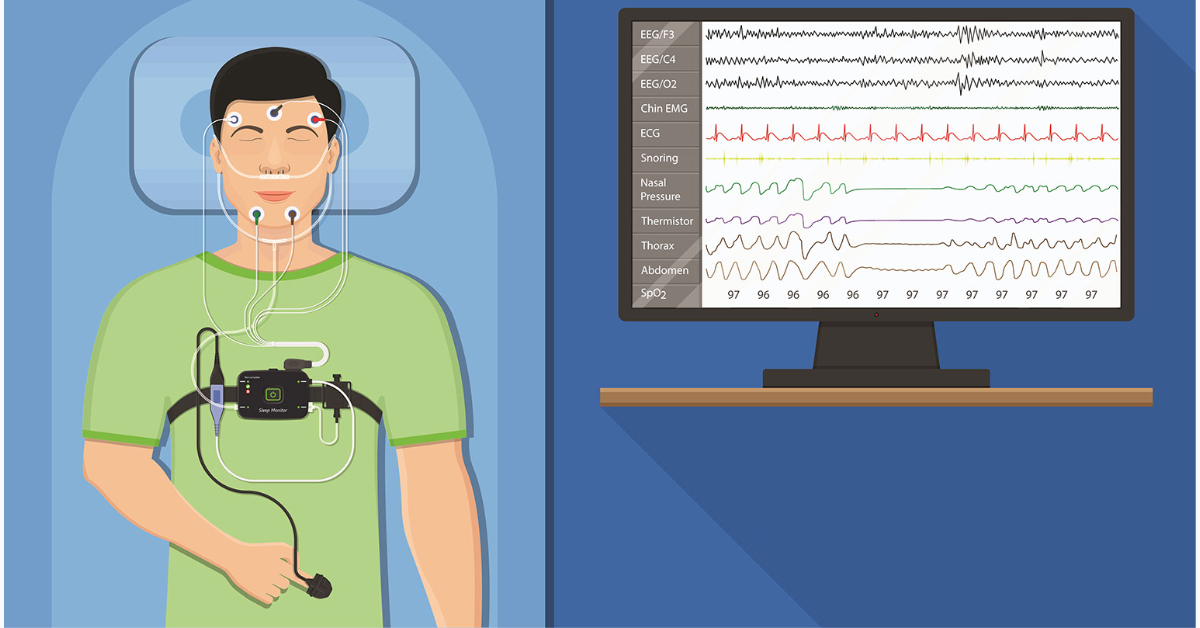
Table of Contents What is Polysomnography Test? Polysomnography, or a sleep study, is a test designed to diagnose sleep disorders by recording brain waves, oxygen

Table of Contents What is Polypectomy? Polypectomy is a surgical procedure used to remove polyps—small, abnormal growths that can develop on mucous membranes, commonly found
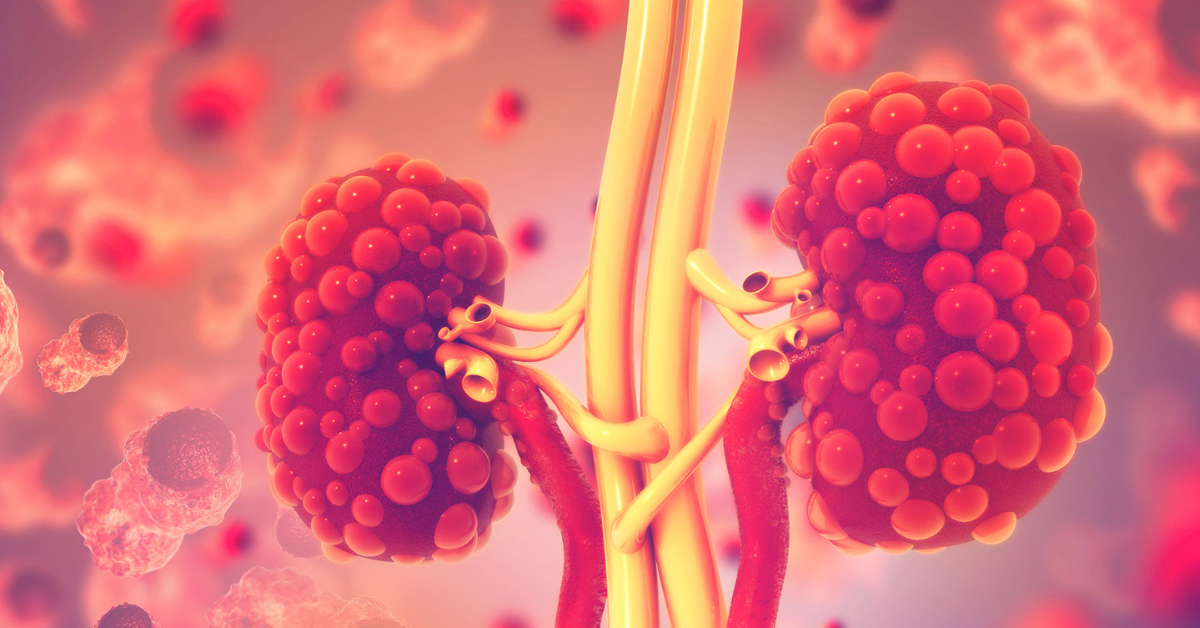
Table of Contents What is Polycystic Kidney Disease? Polycystic Kidney Disease (PKD) is a genetic condition characterized by the growth of fluid-filled cysts in the
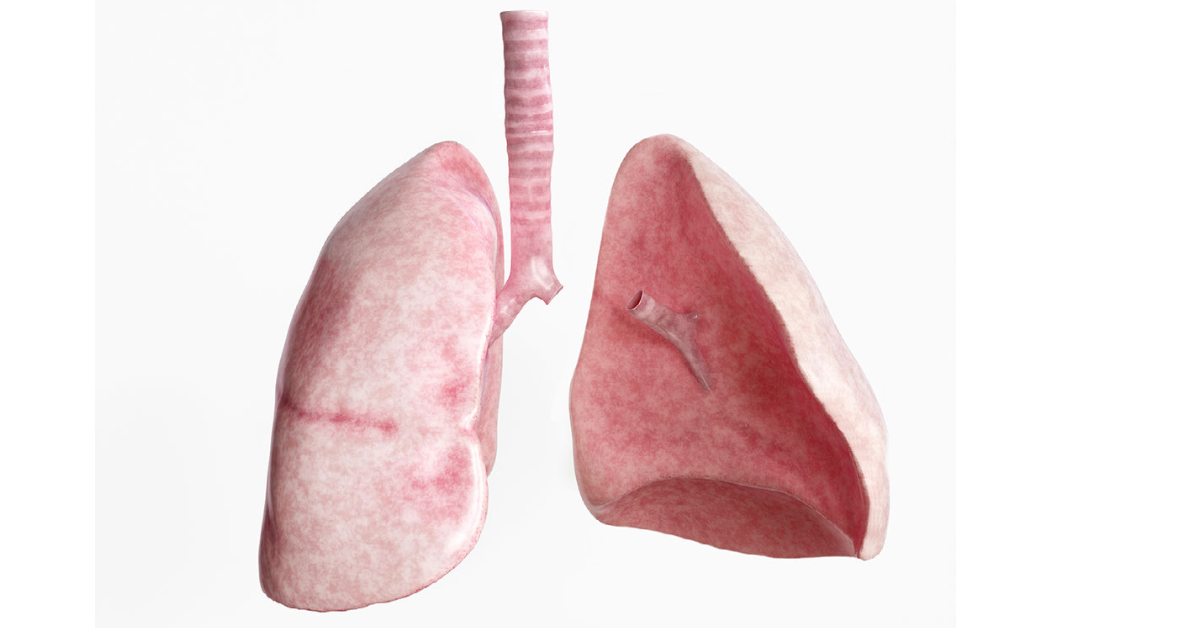
Table of Contents What is Pneumonectomy? Pneumonectomy is a major surgical procedure that involves the removal of an entire lung, usually to treat conditions like

Table of Contents What is Pleural Effusion? Pleural effusion is a condition characterized by the accumulation of excess fluid in the pleural space, the area
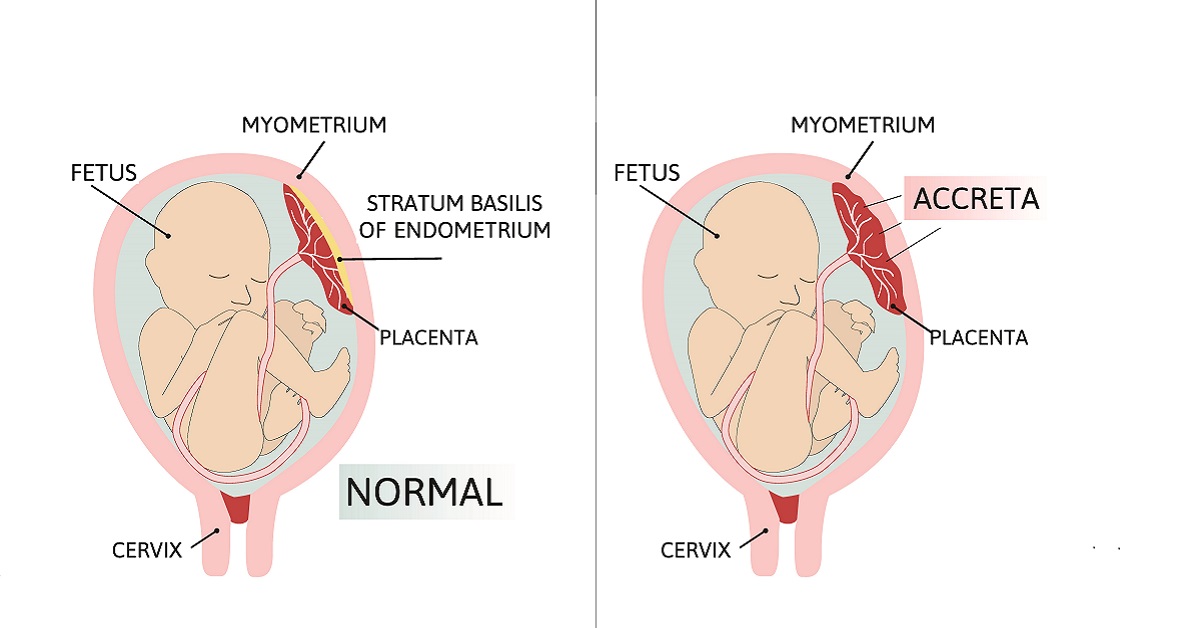
Table of Contents What is Placenta Accreta? Placenta accreta is a serious obstetric condition where the placenta abnormally adheres to the uterine wall, penetrating deeper
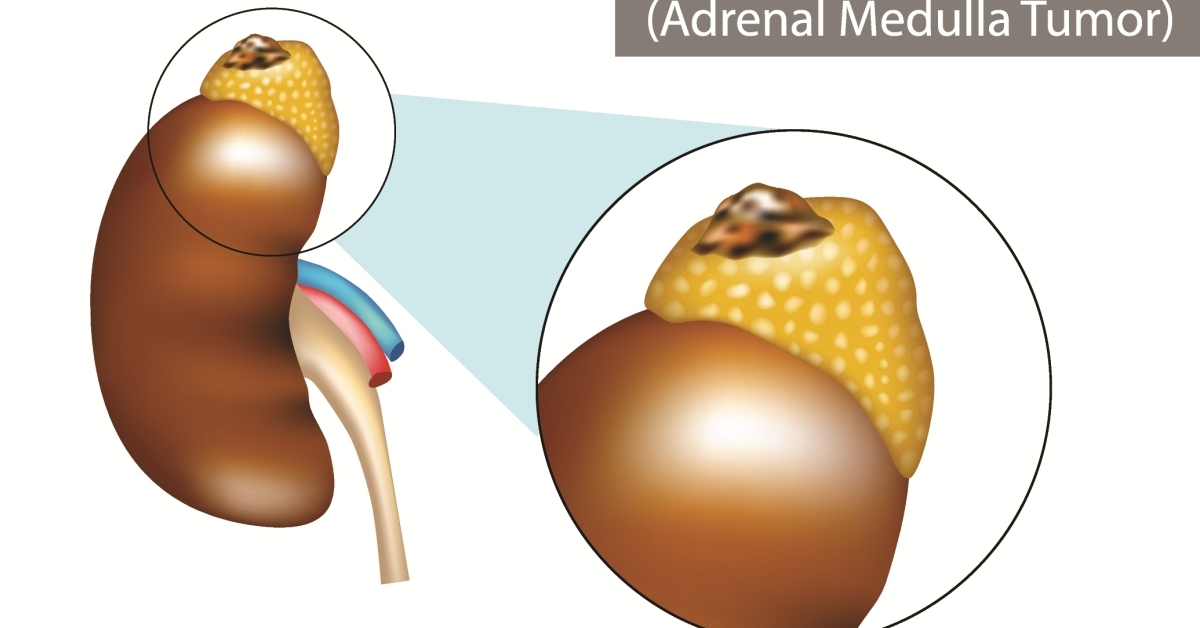
Table of Contents What is Pheochromocytoma? Pheochromocytoma is a rare adrenal tumor that causes excess hormone production, leading to symptoms like high blood pressure and
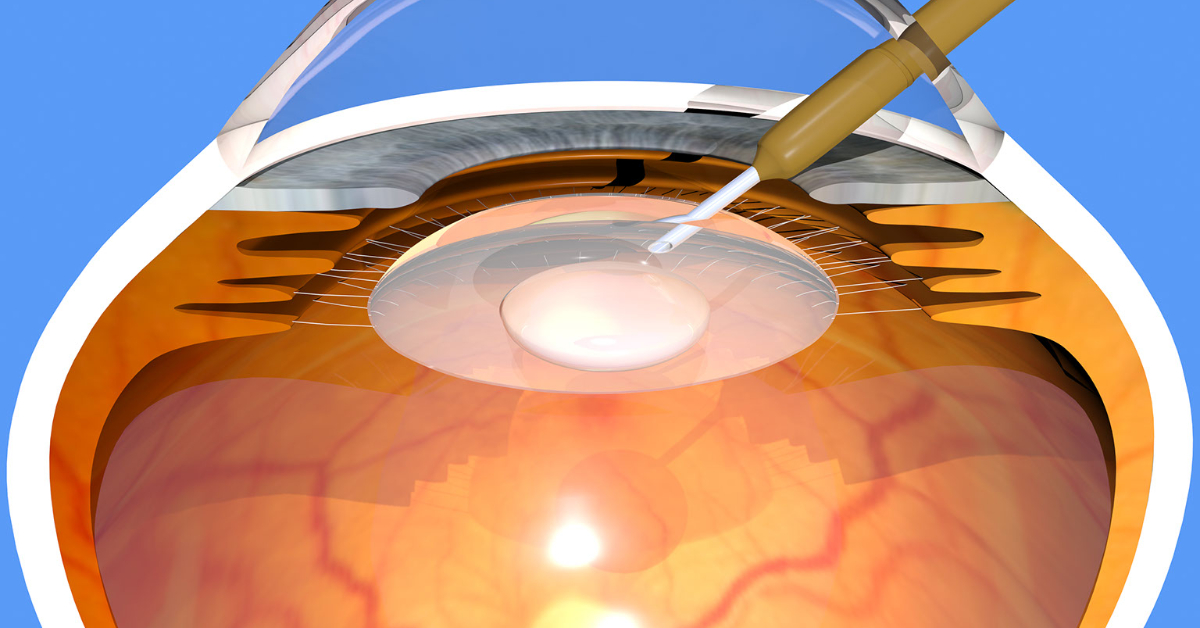
Table of Contents What is phacoemulsification? Phacoemulsification is a modern cataract surgery technique where ultrasonic energy is used to break up a cloudy lens into
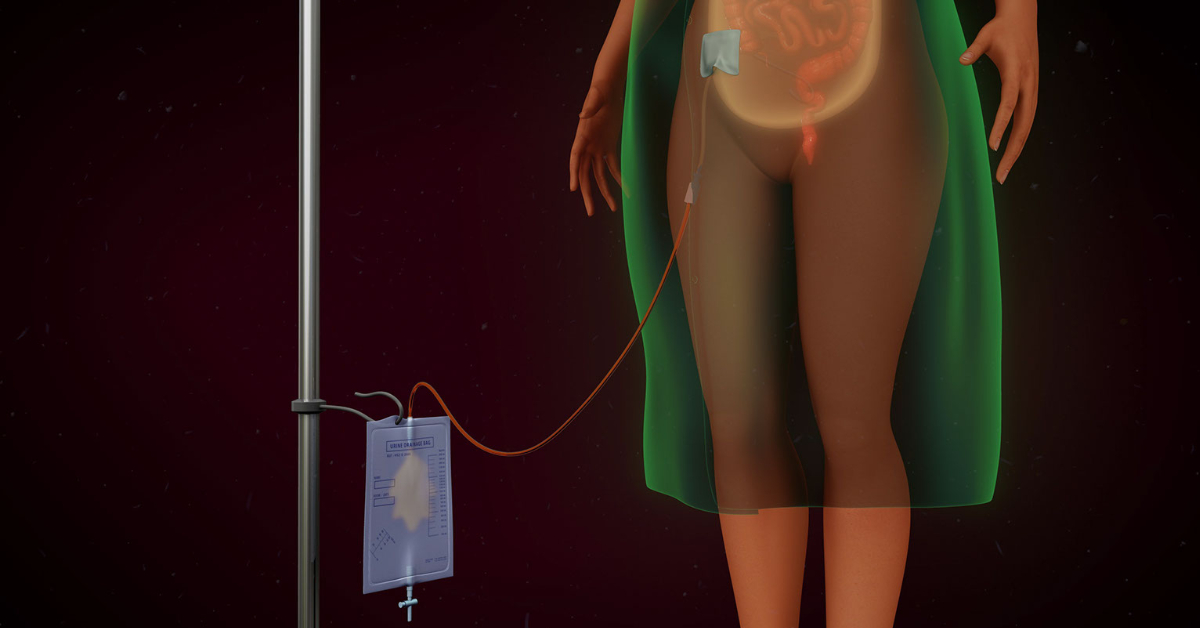
Table of Contents What is Peritoneal Dialysis? Peritoneal dialysis is a method to filter waste and excess fluid from the blood using the peritoneum, the

Table of Contents What is Pericardial Effusion? Pericardial effusion occurs when excess fluid accumulates in the pericardial cavity surrounding the heart. This buildup can result
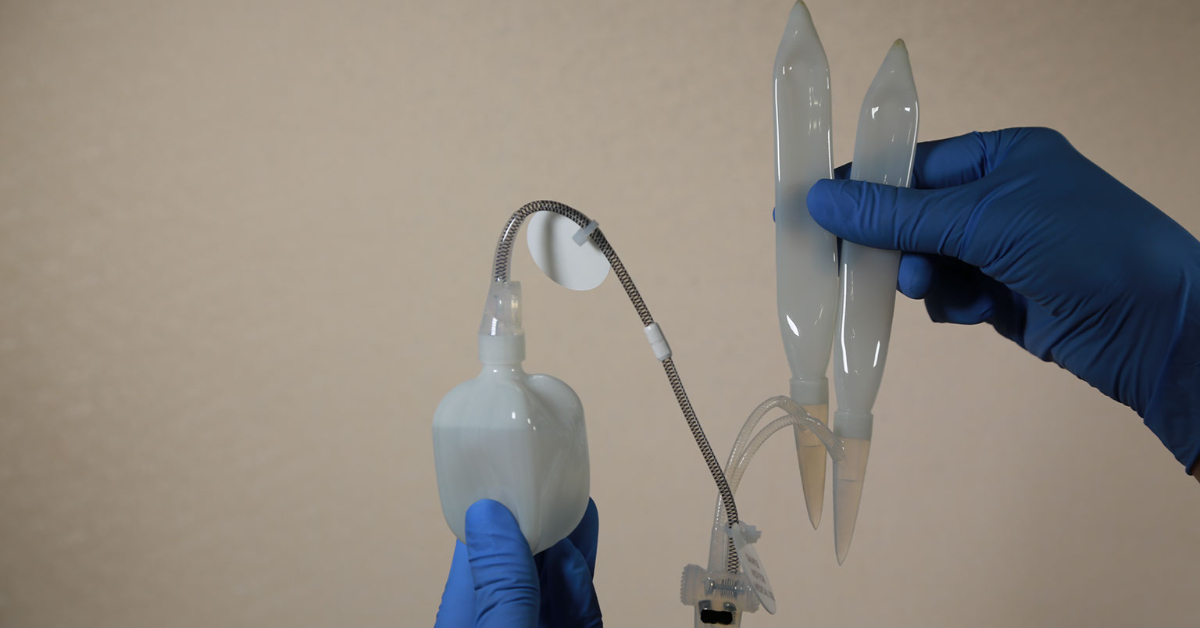
Penile implants are medical devices surgically placed to help men with erectile dysfunction achieve and maintain an erection.

Table of Contents What is Penile Cancer? Penile cancer is a rare type of cancer that originates in the cells of the penis. It usually
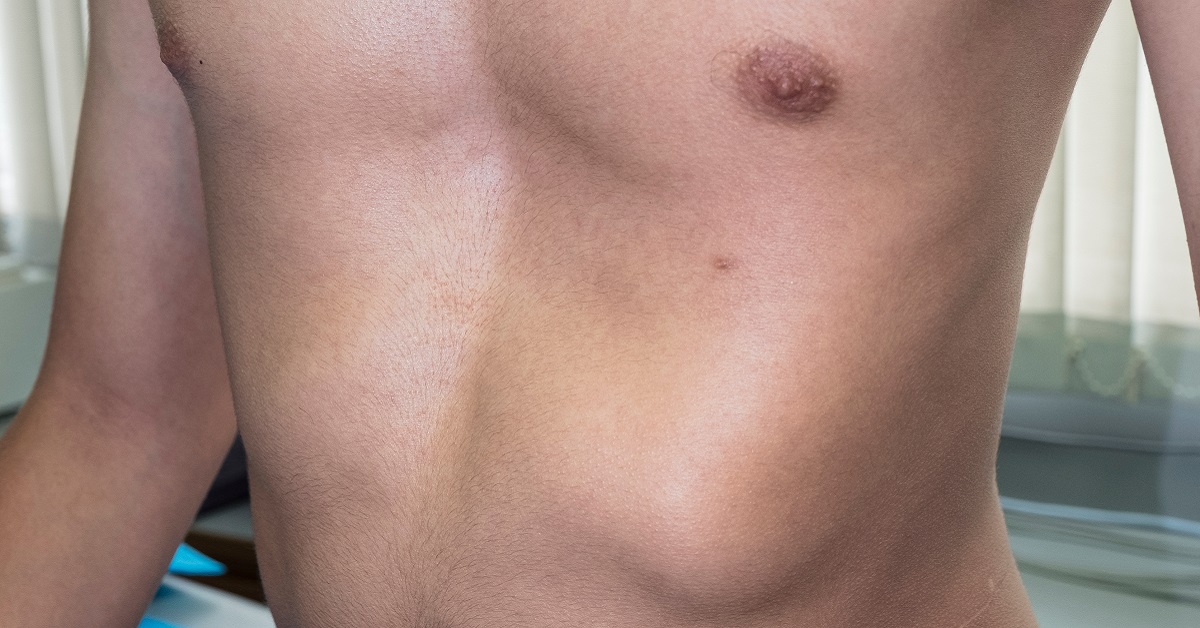
Table of Contents What is Pectus Excavatum? Pectus excavatum, often referred to as “sunken chest,” is a congenital condition where the breastbone (sternum) and adjacent
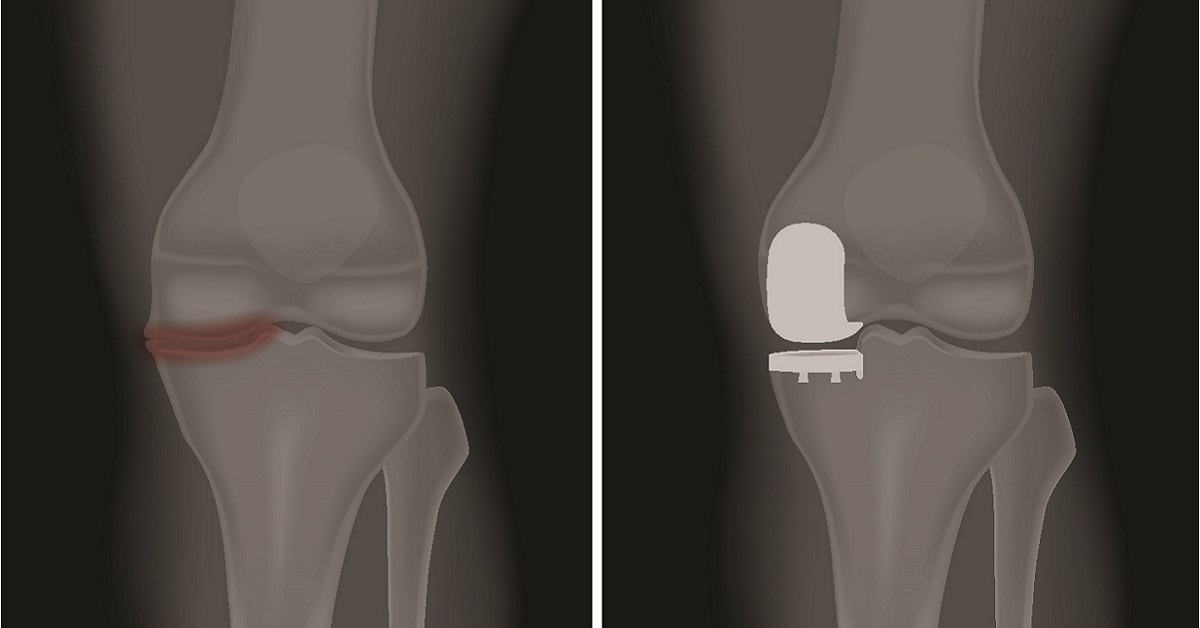
Table of Contents What is Partial Knee Replacement? Partial knee replacement, also known as unicompartmental knee arthroplasty, is a surgical procedure designed to relieve pain

Table of Contents What is Parathyroidectomy? Parathyroidectomy is a surgical procedure aimed at removing one or more of the parathyroid glands, which are small glands

Table of Contents What is Papilledema? Papilledema refers to the swelling of the optic nerve head due to increased intracranial pressure, which can lead to

Table of Contents What is Pancreatitis? Pancreatitis is an inflammation of the pancreas, a vital organ that aids in digestion and regulates blood sugar levels.
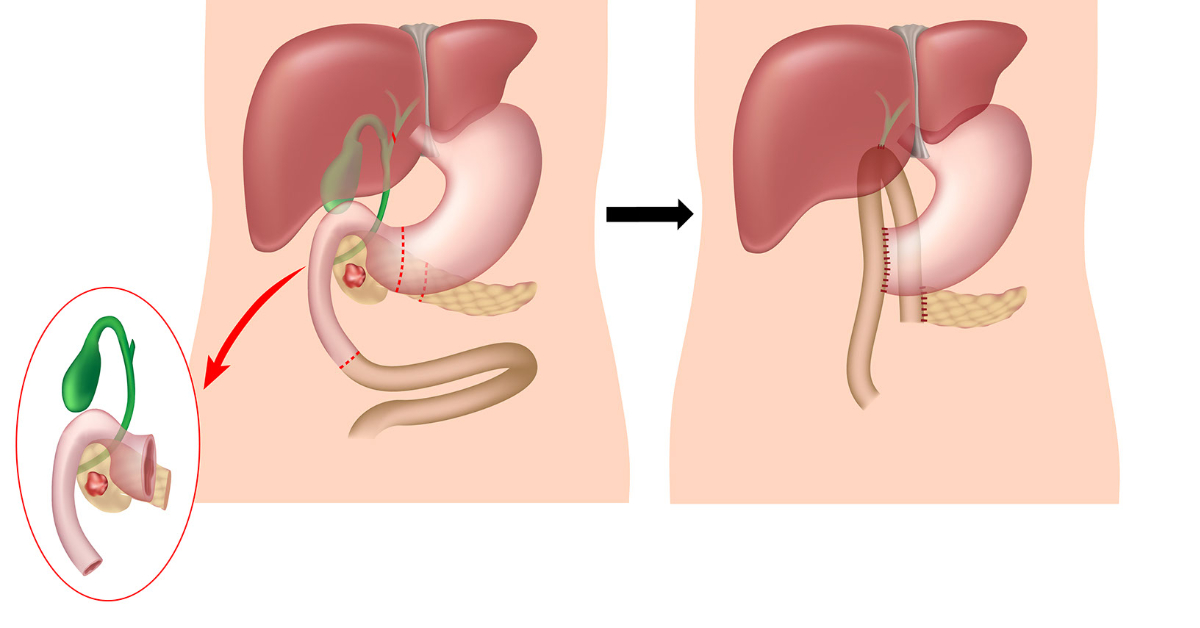
Table of Contents What is Pancreatectomy? Pancreatectomy is a surgical procedure involving the removal of all or part of the pancreas, typically performed to treat

Table of Contents What is Pancreas Transplant? A pancreas transplant is a surgical procedure aimed at replacing a diseased or malfunctioning pancreas with a healthy

Table of Contents What is Otoplasty Procedure? Otoplasty is a cosmetic surgical procedure designed to correct and reshape the ears, often addressing issues such as
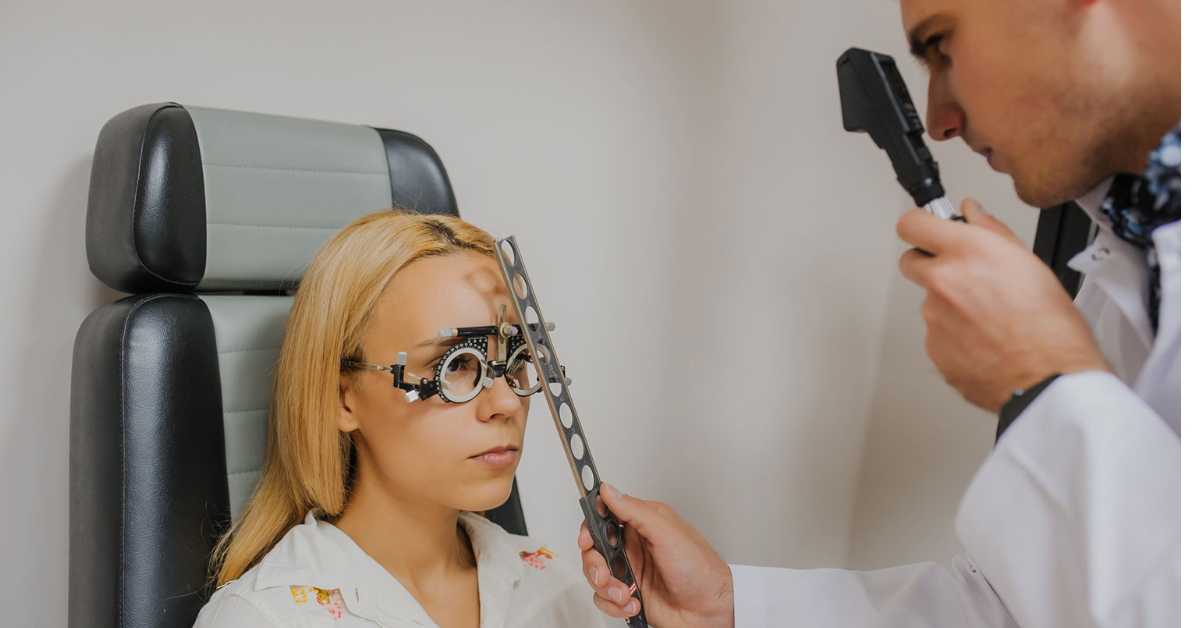
Table of Contents What is Optic Neuritis? Optic neuritis is an inflammation of the optic nerve, the crucial nerve that transmits visual information from the
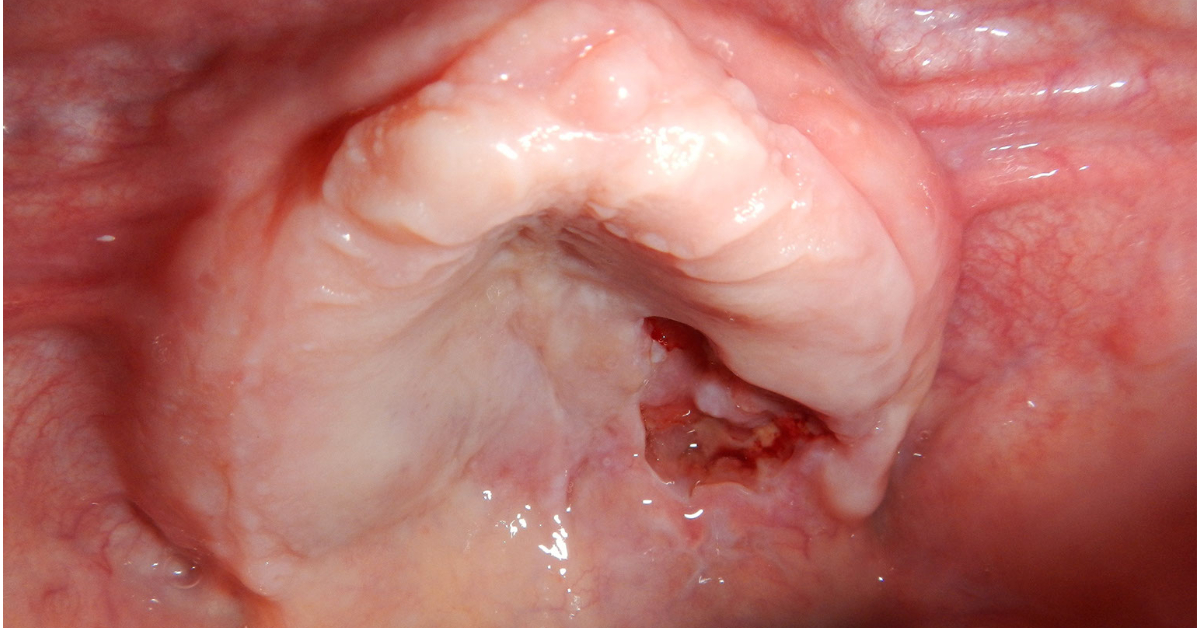
Table of Contents What is Non-Hodgkin’s Lymphoma? Non-Hodgkin’s Lymphoma (NHL) is a diverse group of blood cancers that originate in the lymphatic system, which is
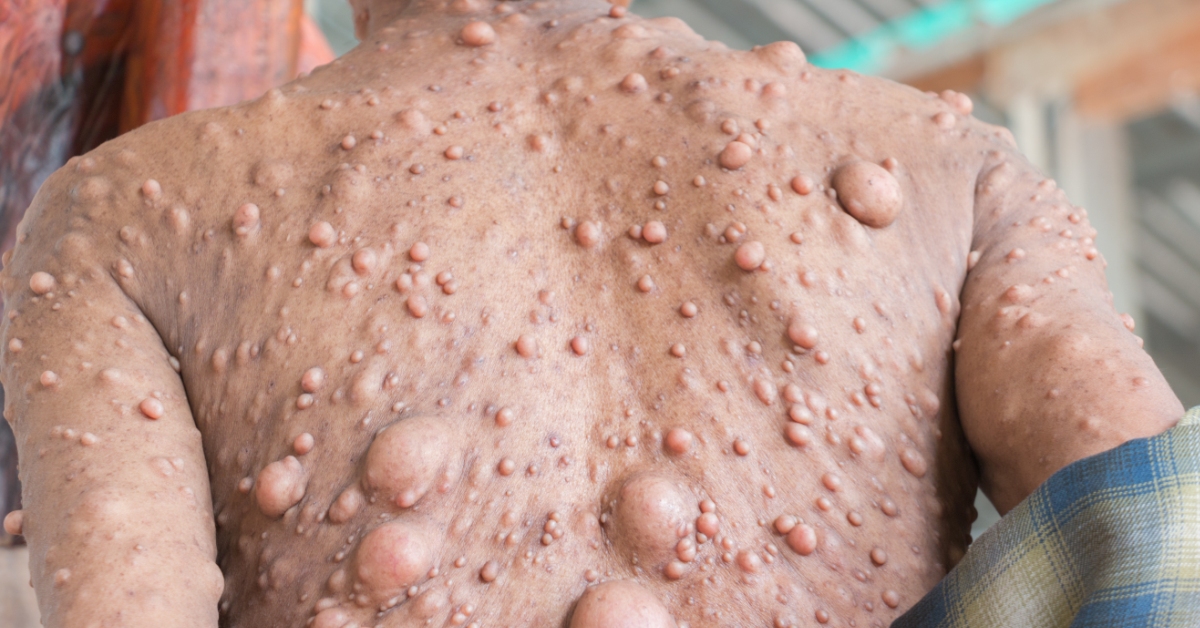
Table of Contents What is Neurofibromatosis? Neurofibromatosis is a genetic disorder characterized by the growth of non-cancerous tumors on nerves throughout the body. There are
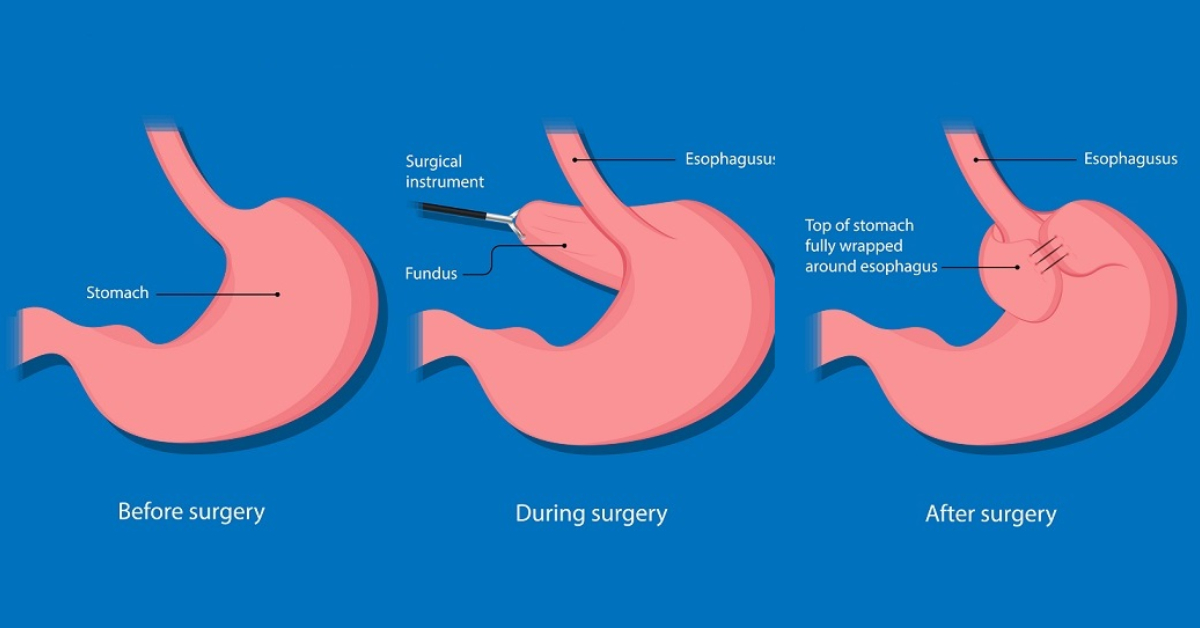
Table of Contents What is Nissen Fundoplication? Nissen Fundoplication is a surgical procedure designed to treat gastroesophageal reflux disease (GERD) and other related conditions. During

Table of Contents What is Neck Lift Surgery? Neck lift surgery, or cervicoplasty, is a cosmetic procedure designed to improve the appearance of the neck

Table of Contents What is Myomectomy? Myomectomy is a surgical procedure designed to remove uterine fibroids, which are benign tumors that can cause symptoms such
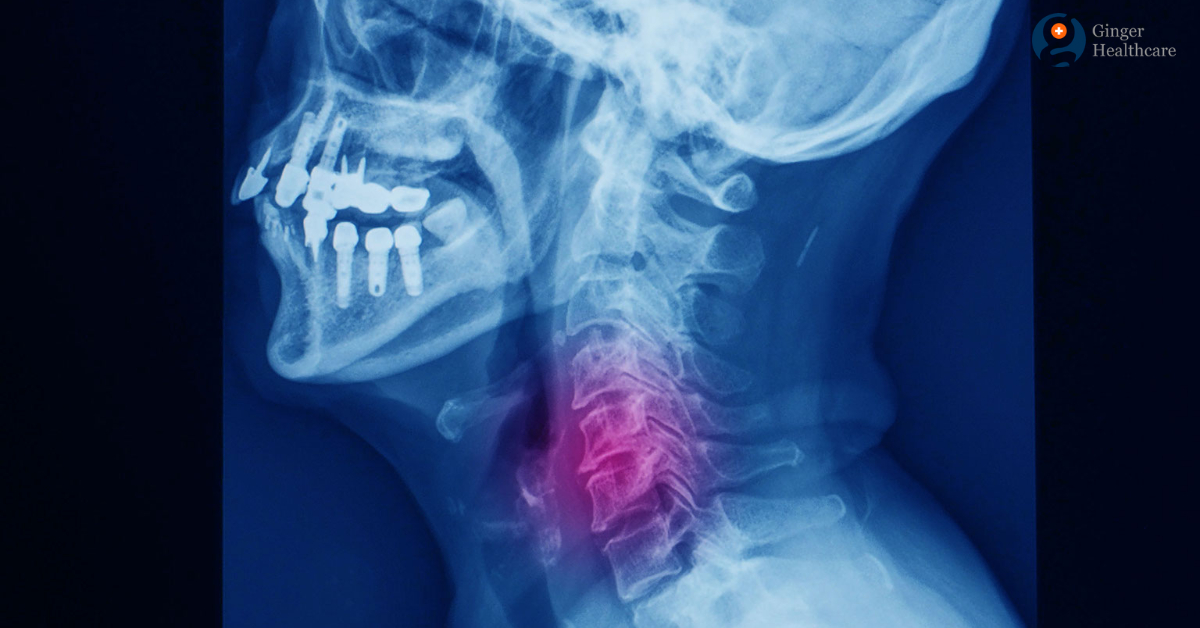
Table of Contents What is Myelopathy? Myelopathy refers to a neurological condition caused by spinal cord compression or injury, resulting in impaired function of the

Table of Contents What is Multiple Myeloma? Multiple myeloma is a cancer of the plasma cells in the bone marrow, leading to the overproduction of

Table of Contents What is Mole Removal Procedure? Mole removal is a common cosmetic and medical procedure aimed at eliminating moles or other skin growths
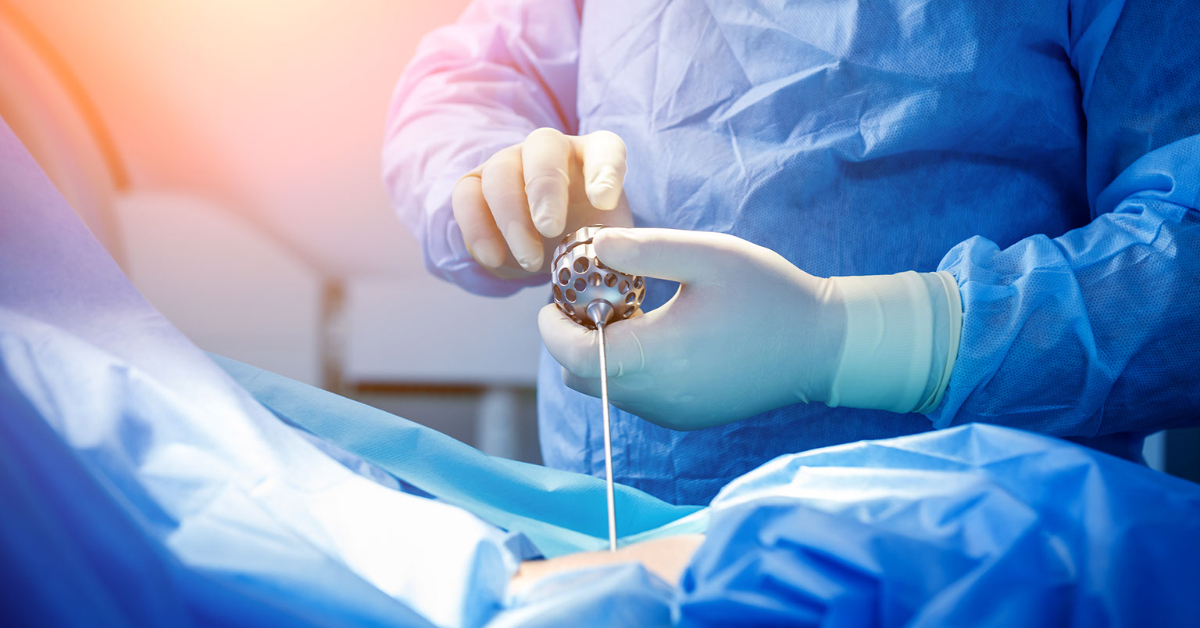
Table of Contents What is Microdiscectomy? Microdiscectomy is a minimally invasive surgery for treating herniated discs that press on spinal nerves, causing pain, numbness, or
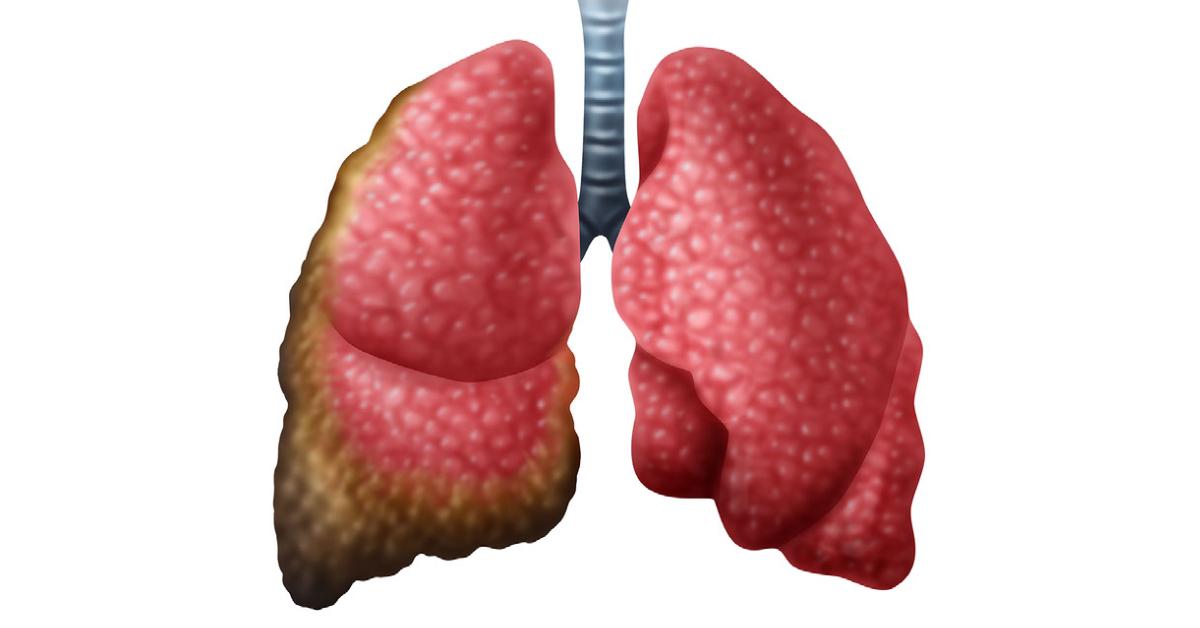
Table of Contents What is Mesothelioma? Mesothelioma is a rare and aggressive form of cancer that primarily affects the lining of the lungs (pleura) but
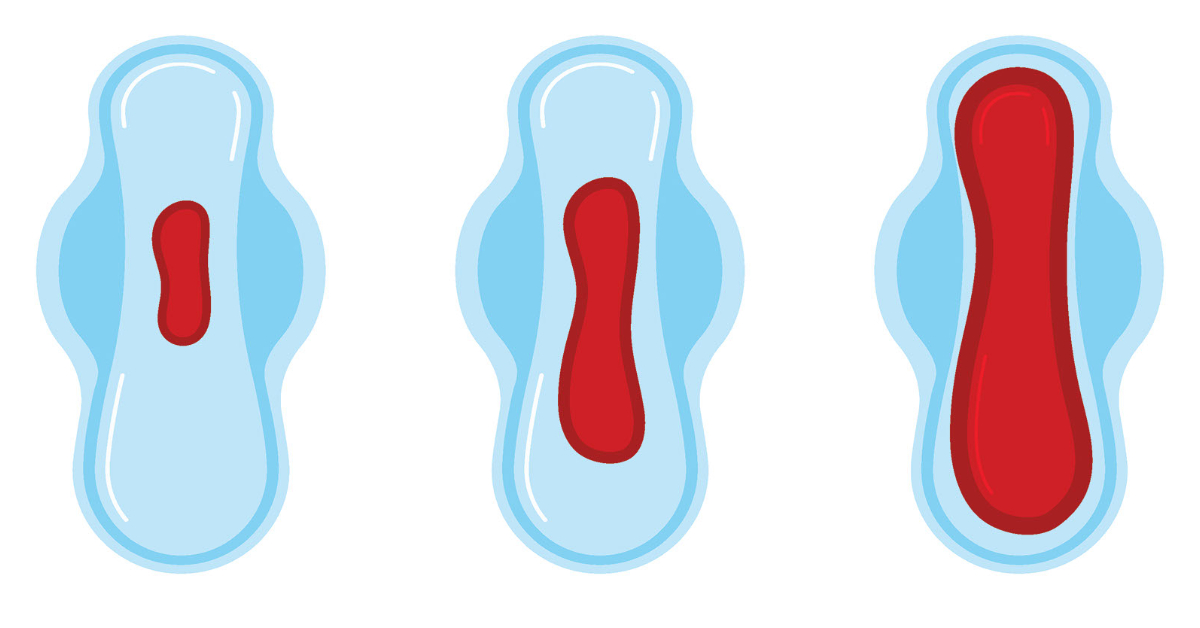
Table of Contents What is Menorrhagia? Menorrhagia is a medical condition characterized by excessively heavy or prolonged menstrual bleeding. Women experiencing menorrhagia may have periods
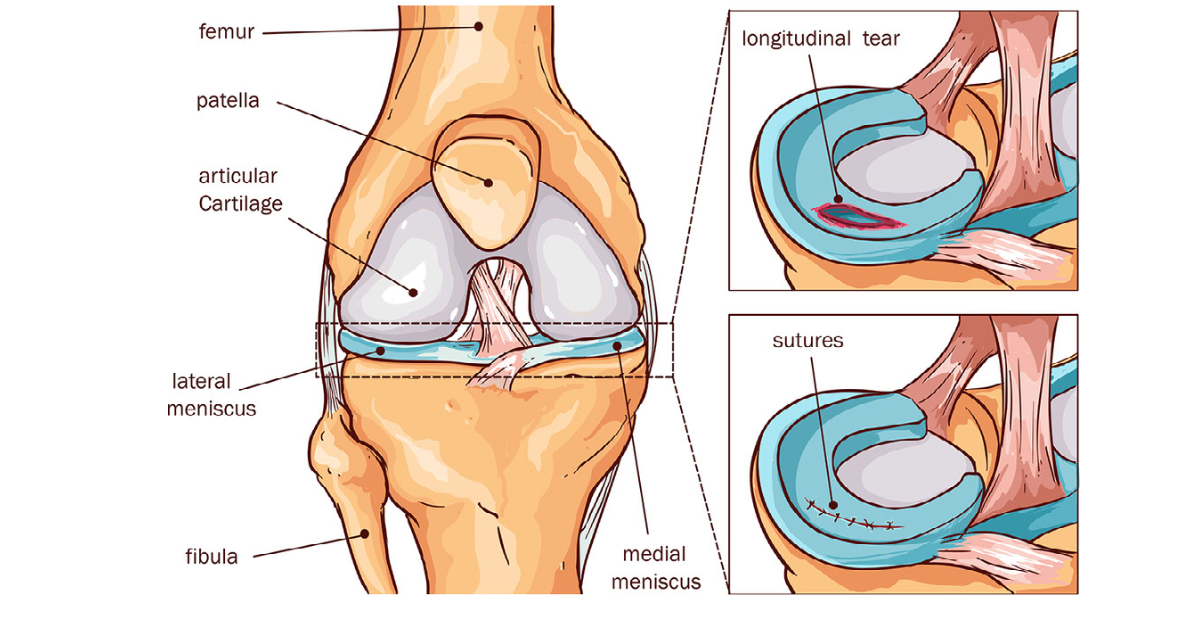
Table of Contents What is Meniscus Tear Repair? A meniscus tear, a common knee injury affecting the cartilage between the thighbone and shinbone, can cause
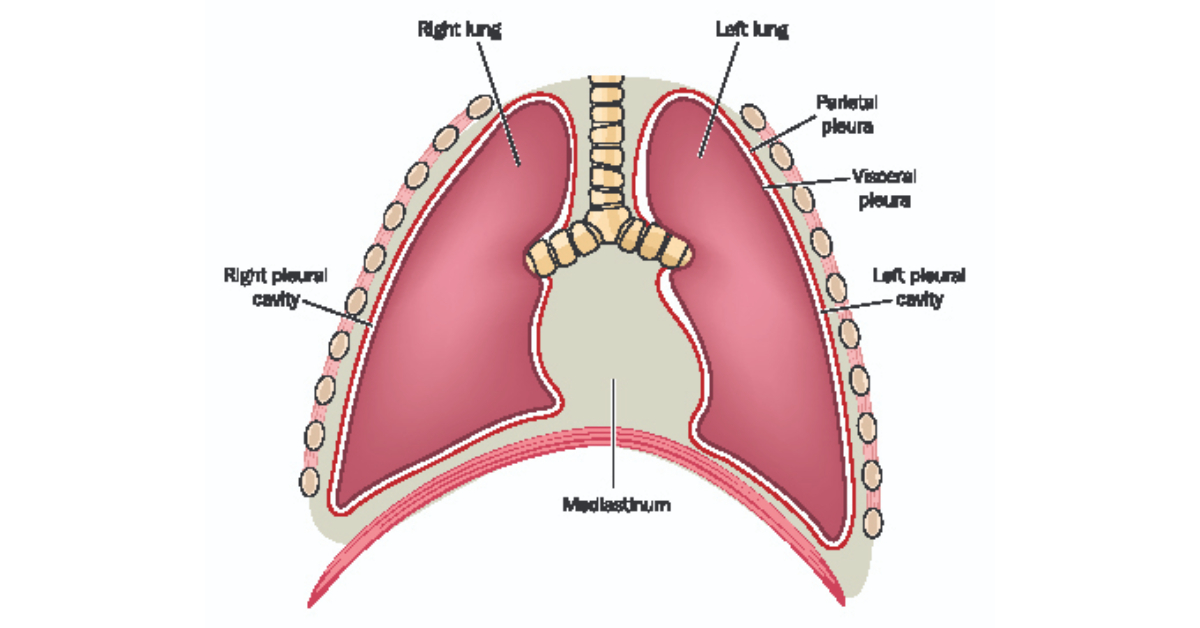
Table of Contents What is Mediastinoscopy? Mediastinoscopy is a minimally invasive diagnostic procedure used to examine the mediastinum, the central compartment of the thoracic cavity
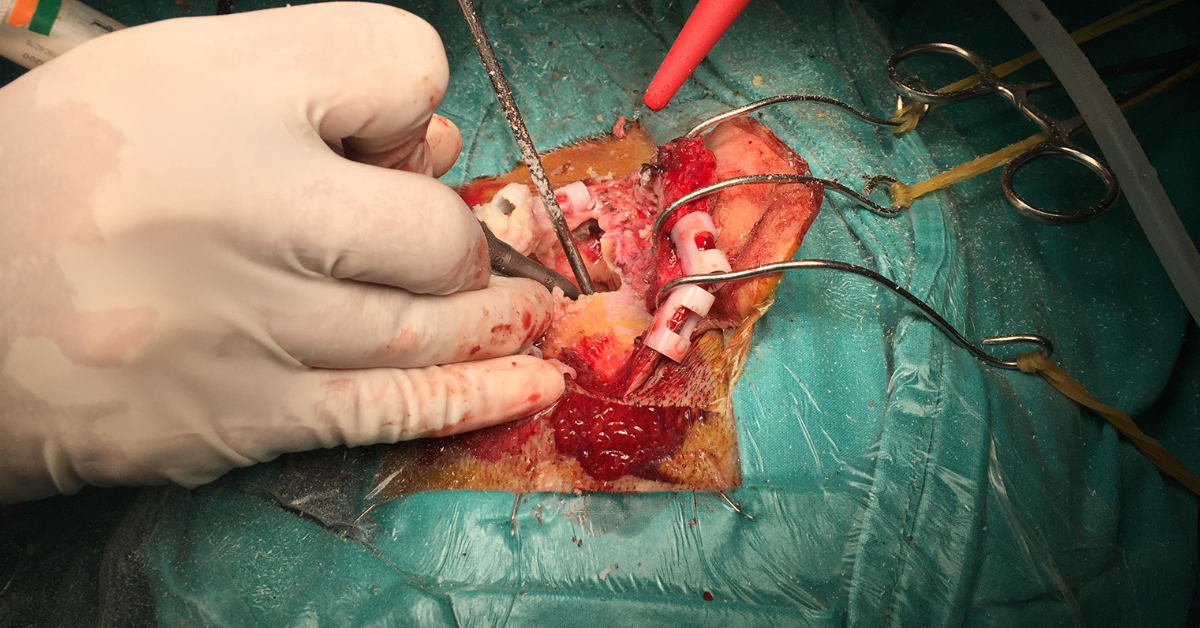
Table of Contents What is Mastoidectomy? Mastoidectomy is a surgical procedure designed to treat infections and conditions affecting the mastoid bone, which is located behind
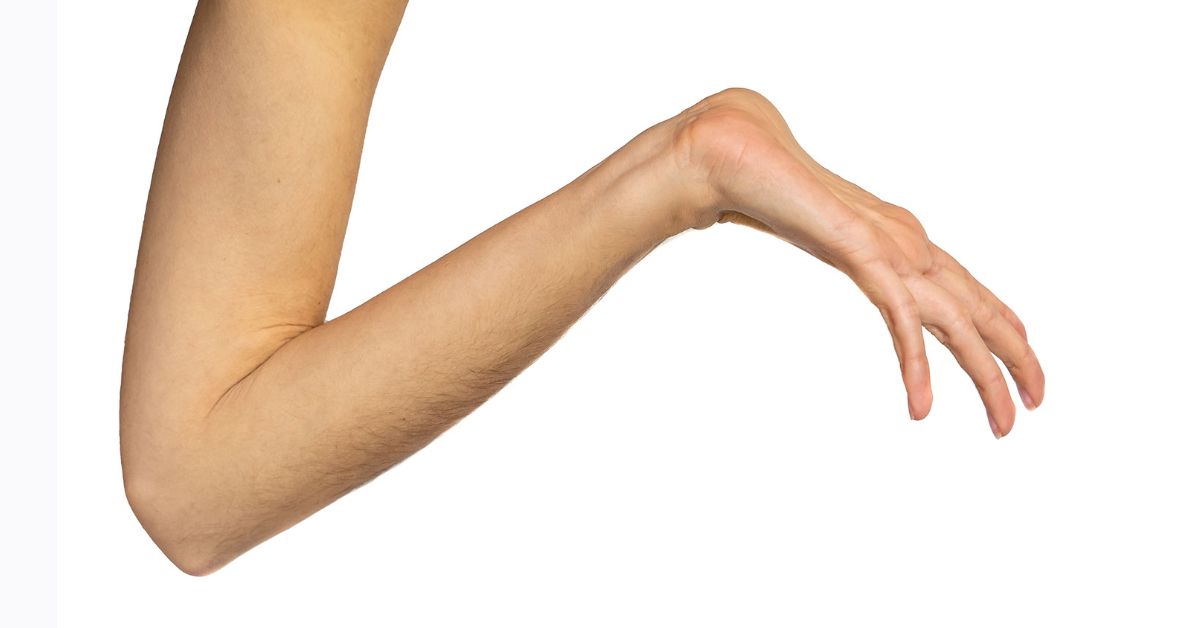
Table of Contents What is Marfan Syndrome? Marfan Syndrome is a genetic disorder that affects the connective tissues in the body, leading to abnormalities in
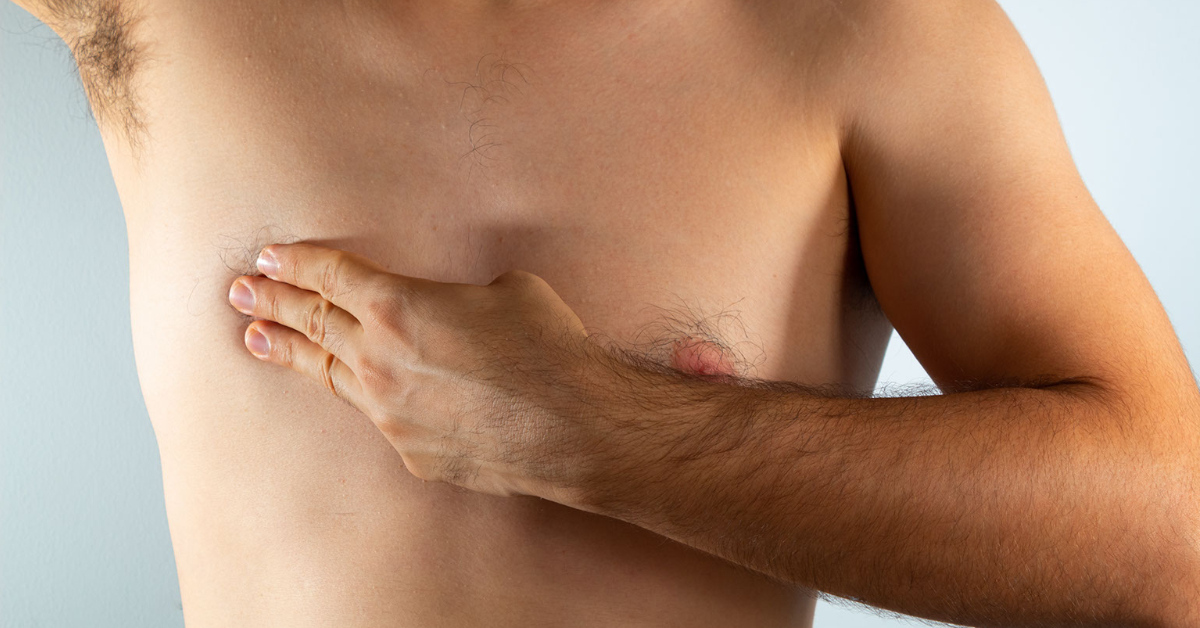
What is Male Breast Cancer? Male breast cancer is a rare but serious form of cancer that occurs when malignant cells develop in the breast
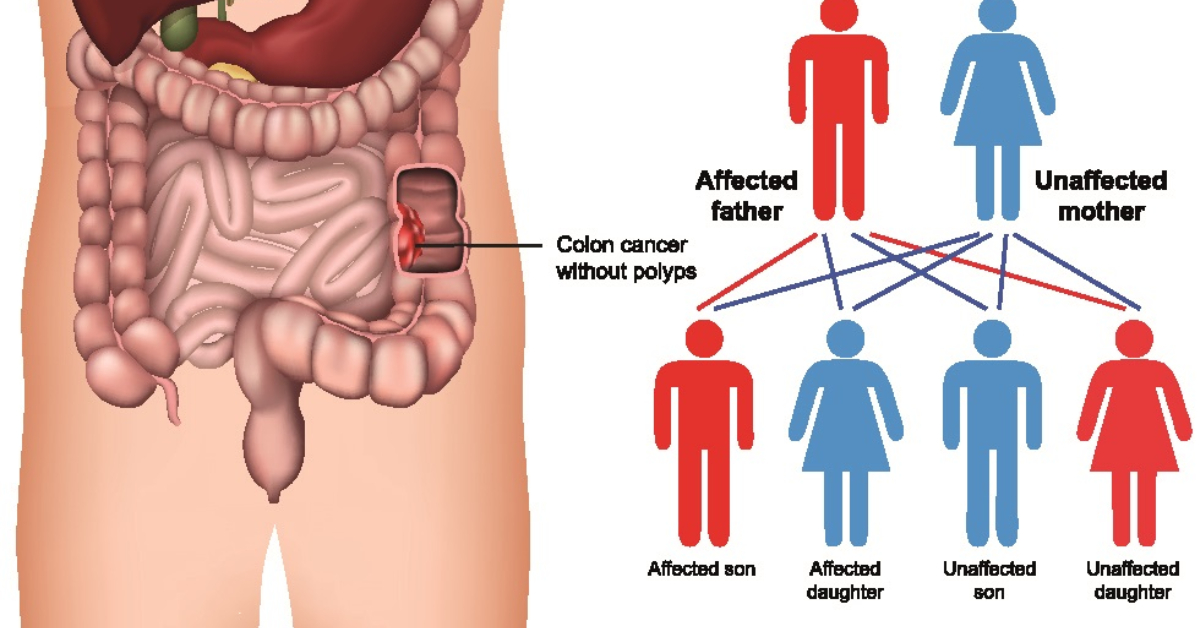
Table of Contents What is Lynch Syndrome? Lynch Syndrome is a hereditary condition that significantly increases the risk of developing several types of cancer, particularly

Table of Contents What is Lymphoma? Lymphoma is a type of cancer that begins in the lymphatic system, which is part of the body’s immune
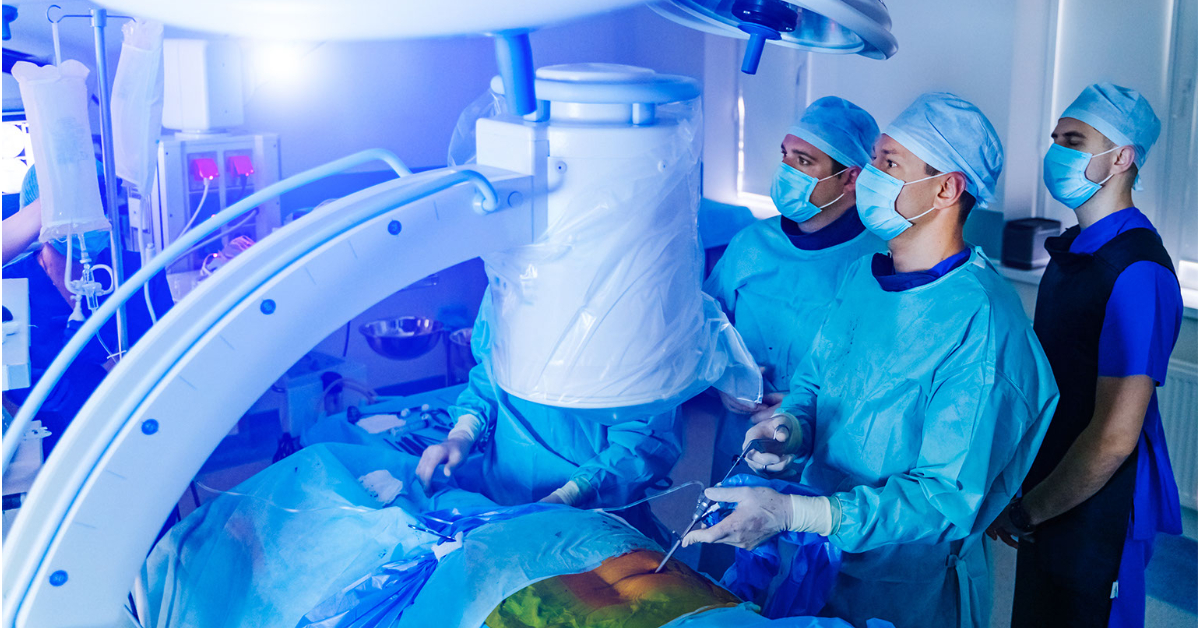
Table of Contents What is Lumbar Laminectomy? Lumbar laminectomy is a surgical procedure designed to relieve pressure on the spinal nerves in the lower back.
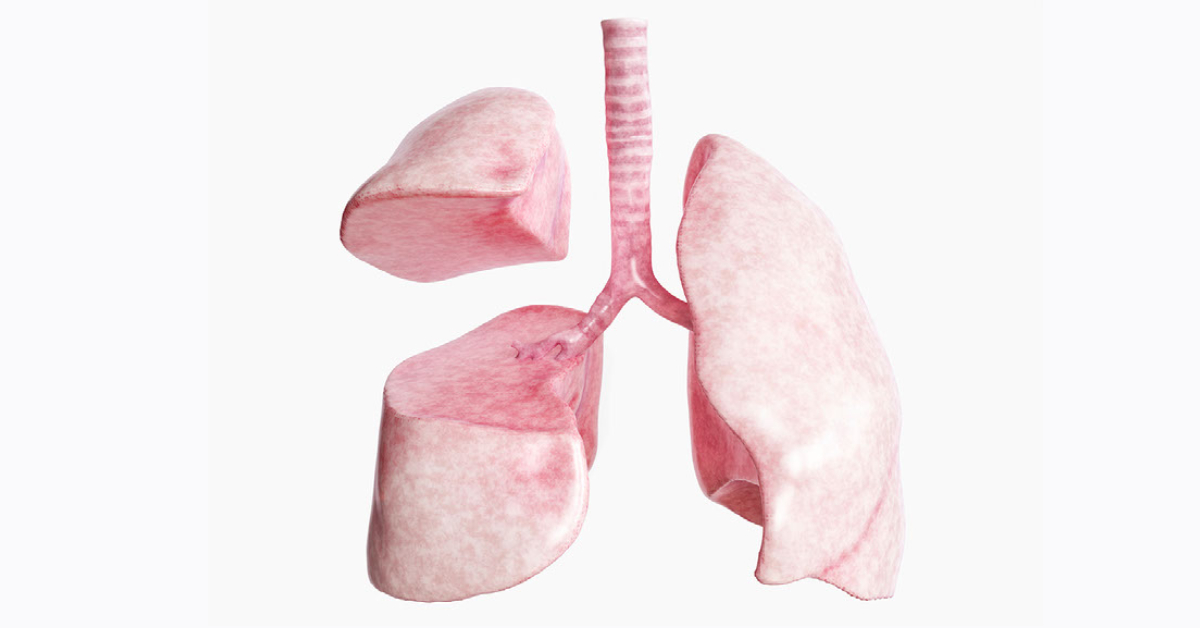
Table of Contents What is Lobectomy? Lobectomy is a surgical procedure in which a lobe of an organ, typically the lung, is removed. This operation
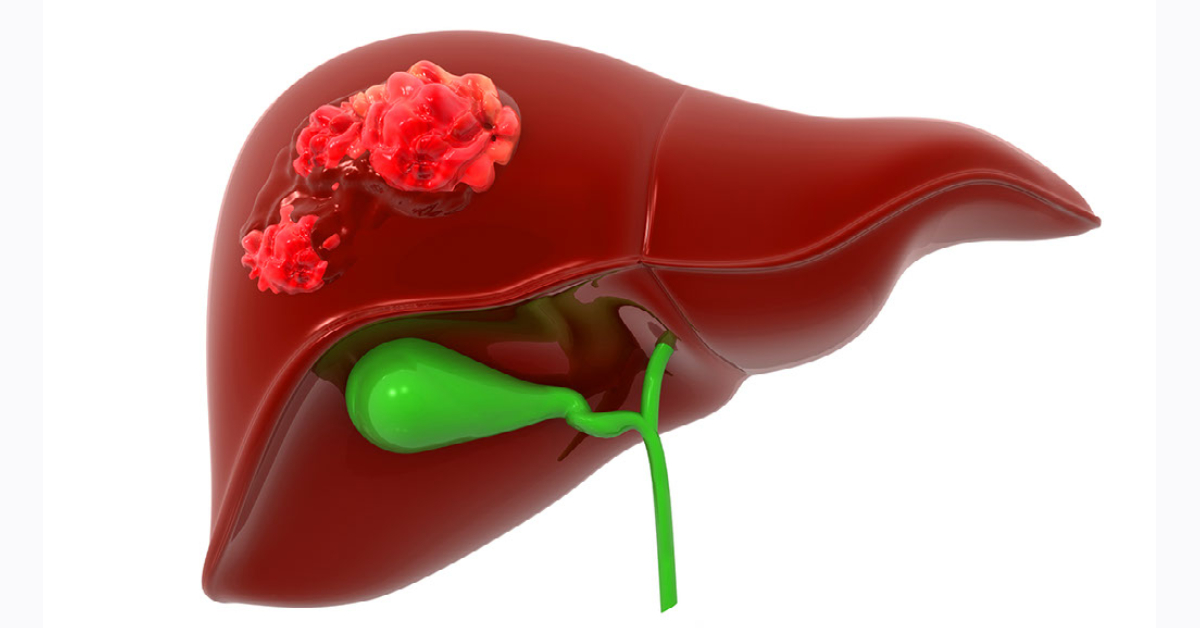
Table of Contents What is Liver Cancer? Liver cancer, also known as hepatic cancer, is a type of cancer that originates in the liver, an
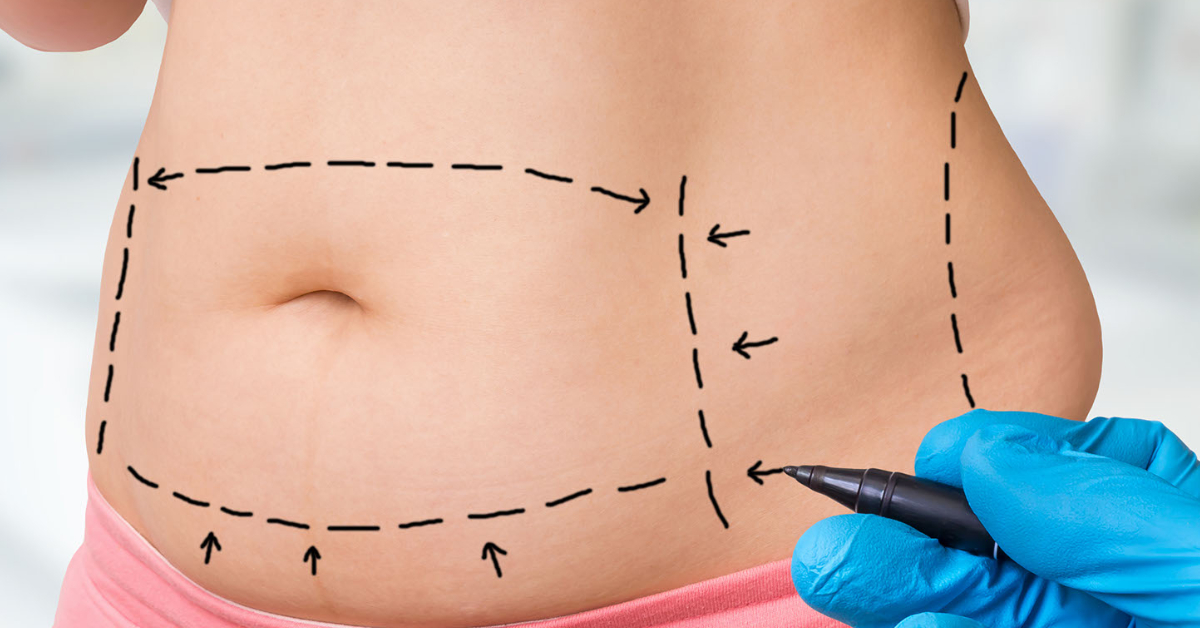
Table of Contents What is Liposuction? Liposuction is a popular cosmetic procedure designed to remove excess fat deposits from specific areas of the body, enhancing
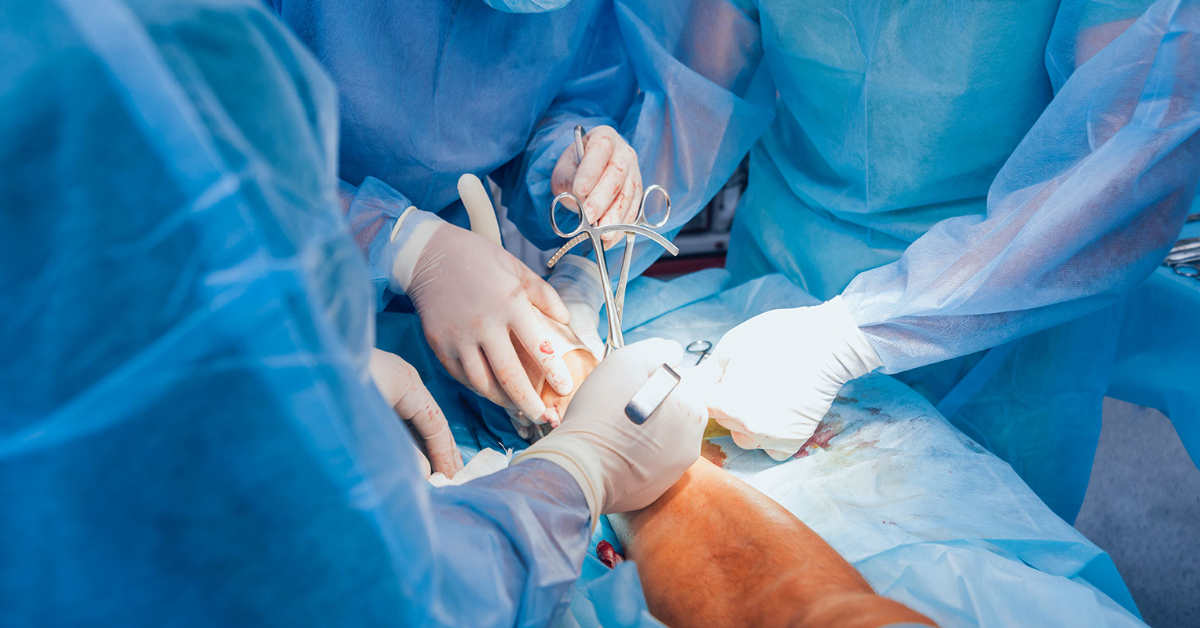
Table of Contents What is Limb Lengthening Surgery? Limb lengthening surgery is a specialized orthopedic procedure designed to increase the length of bones in the
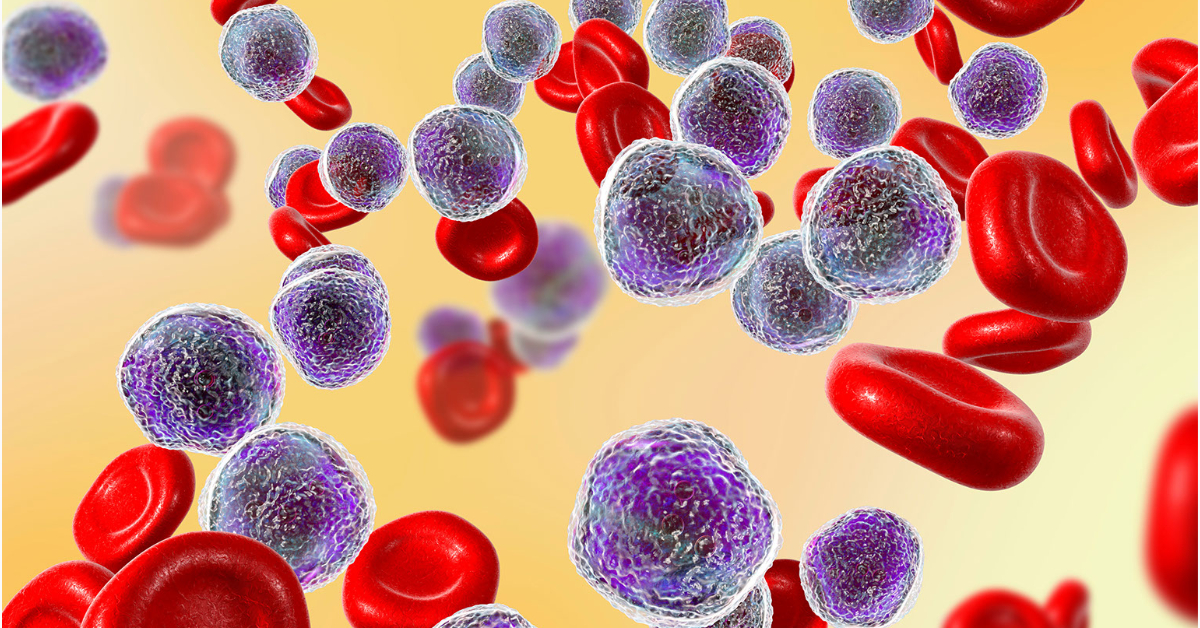
Table of Contents What is Acute Lymphoblastic Leukemia Treatment? Acute Lymphoblastic Leukemia (ALL) is a type of blood cancer that affects the bone marrow and

Table of Contents What is Leukemia? Leukemia is a type of cancer that affects the blood and bone marrow, leading to the rapid production of

Table of Contents What is LVAD Procedure? A Left Ventricular Assist Device (LVAD) is a mechanical pump designed to support or replace the function of
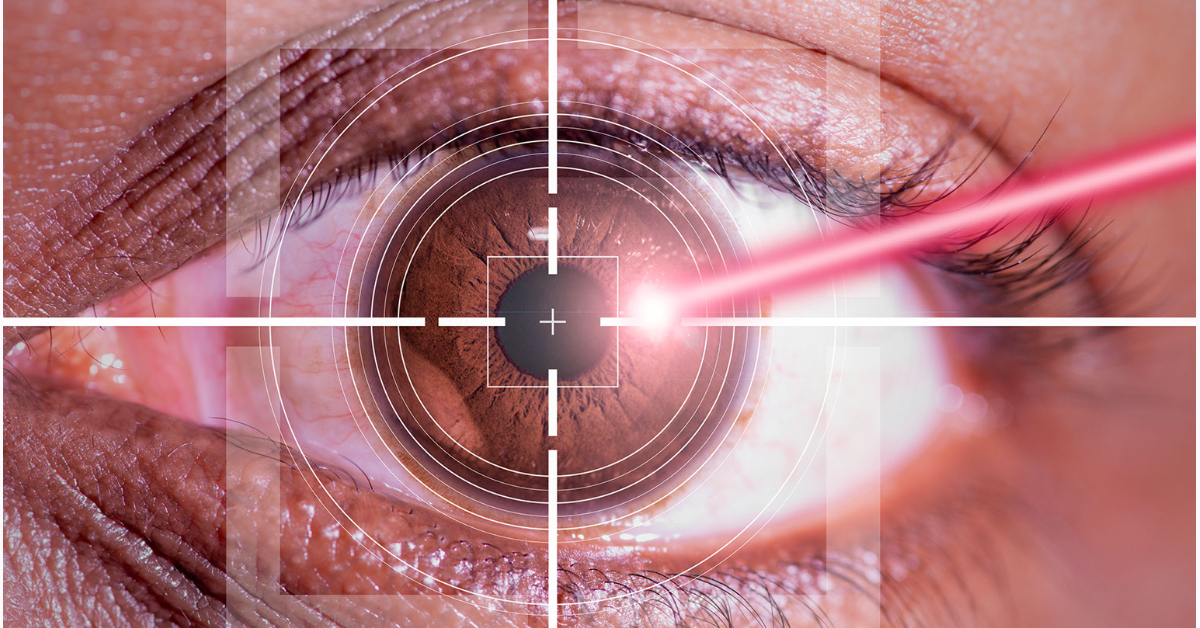
Table of Contents What is LASIK Procedure? LASIK (Laser-Assisted In Situ Keratomileusis) is a widely popular and effective eye surgery designed to correct vision problems

Table of Contents What is Laser Resurfacing Procedure? Laser resurfacing is a cosmetic procedure designed to improve skin texture and reduce imperfections by using concentrated

Table of Contents What is Laser Hair Removal? Laser hair removal is a popular cosmetic procedure that uses concentrated light beams to target and remove
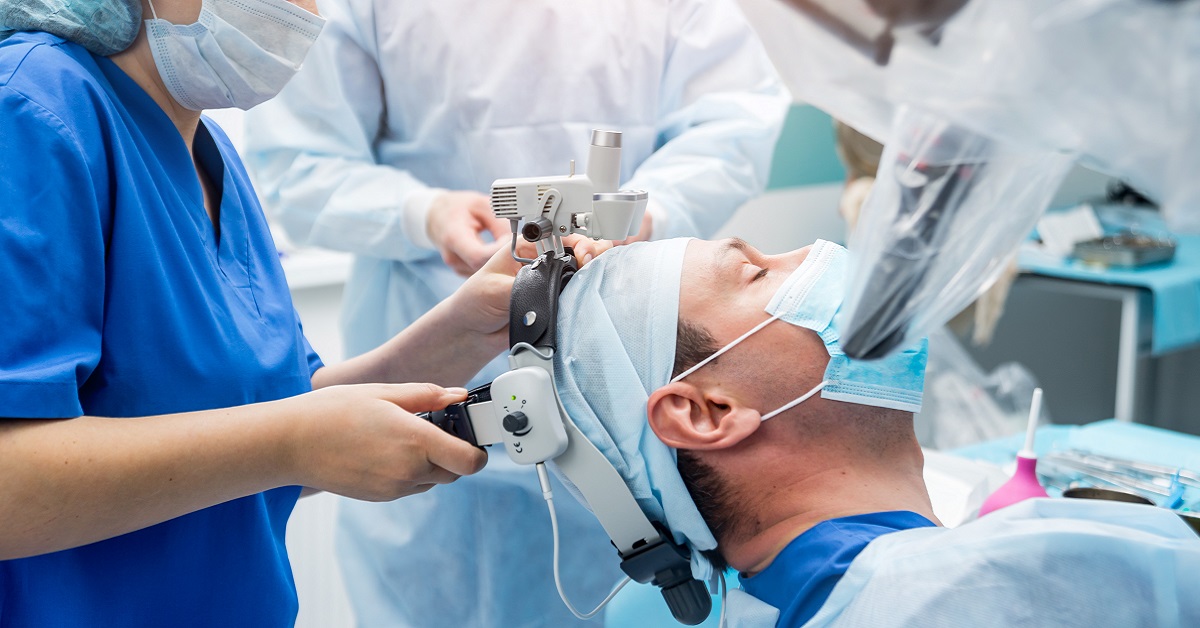
Table of Contents What is Laser Ablation? Laser ablation is a minimally invasive procedure that uses a focused laser beam to remove or vaporize tissue.
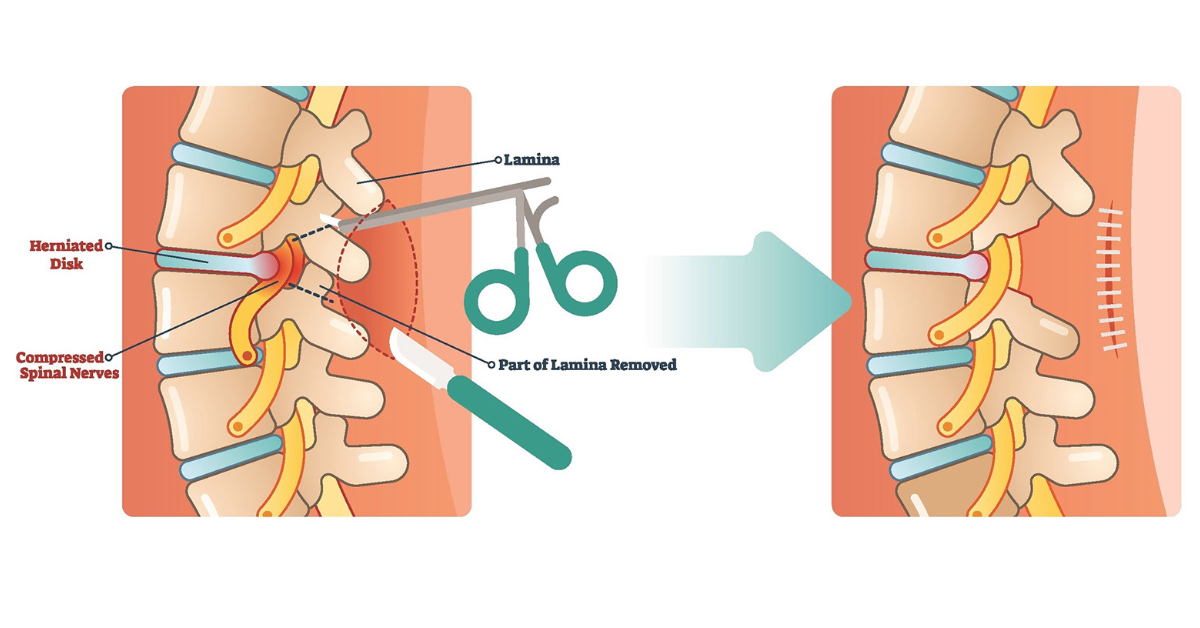
Table of Contents What is Laminotomy Procedure? Laminotomy is a surgical procedure aimed at relieving pressure on the spinal cord or nerves by creating more
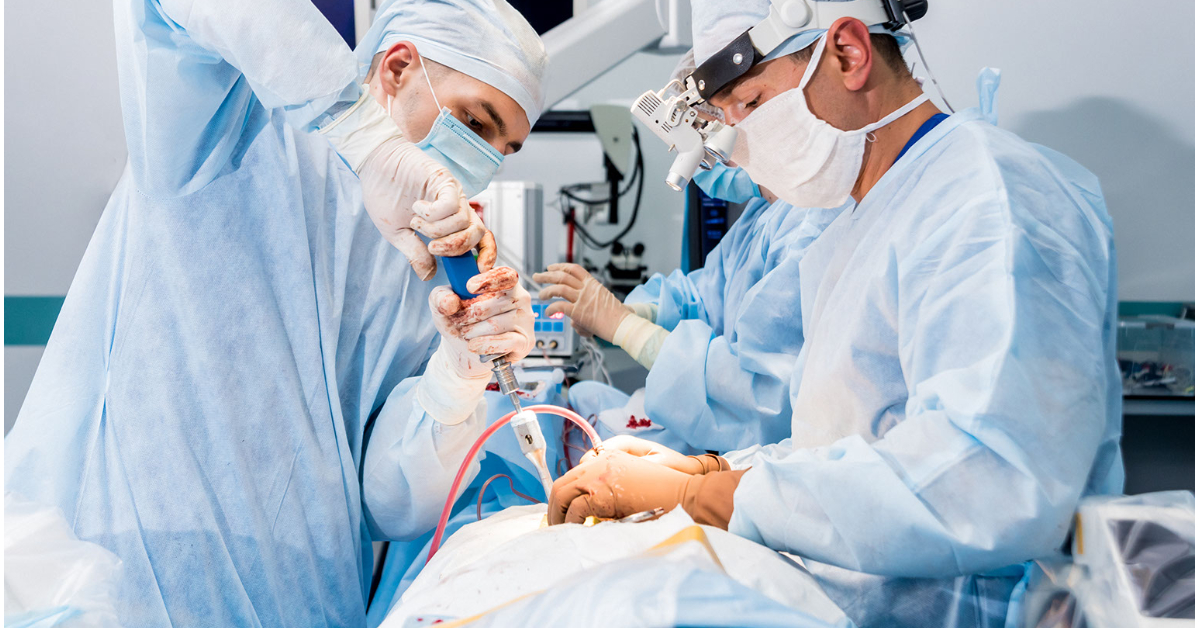
Table of Contents What is Laminectomy? Laminectomy is a surgical procedure designed to relieve pressure on the spinal cord or nerves caused by conditions such
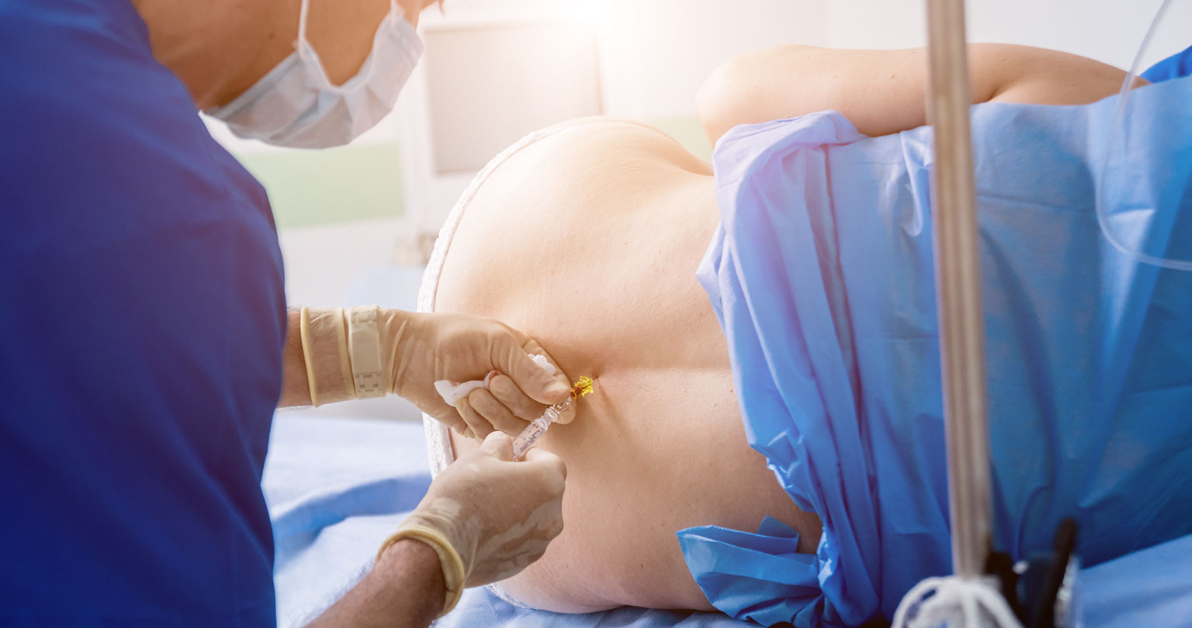
Table of Contents What is Kyphoplasty Procedure ? Kyphoplasty is a minimally invasive surgical procedure designed to treat vertebral compression fractures, often caused by conditions
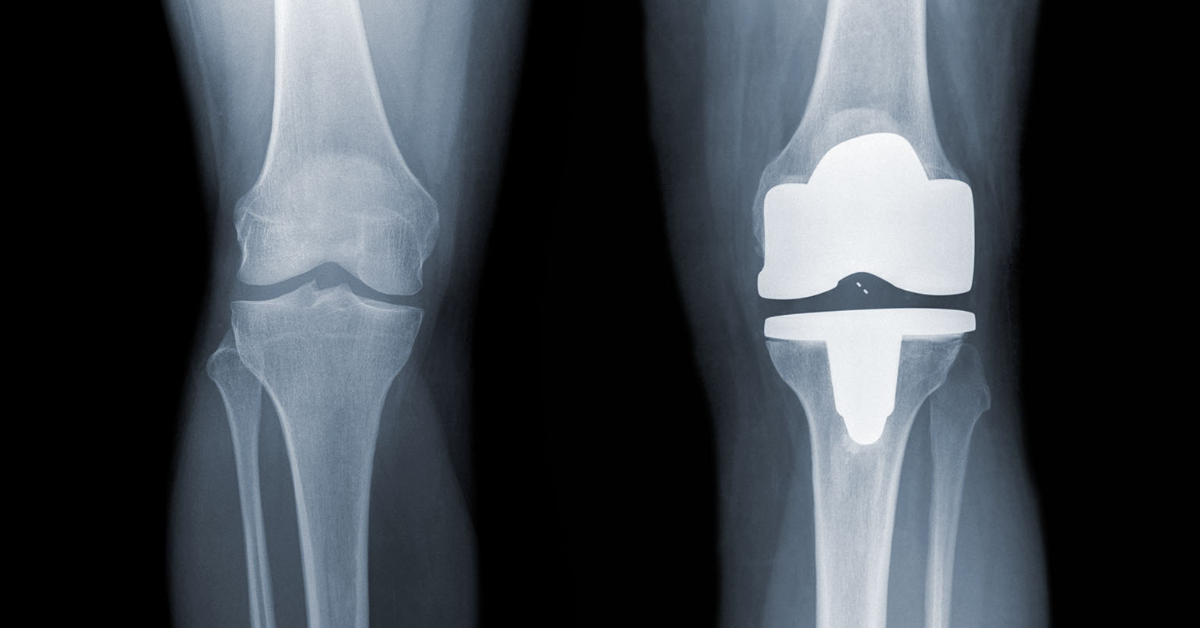
Table of Contents What is Knee Replacement Surgery? Knee replacement surgery, also known as knee arthroplasty, is a highly effective procedure designed to alleviate pain
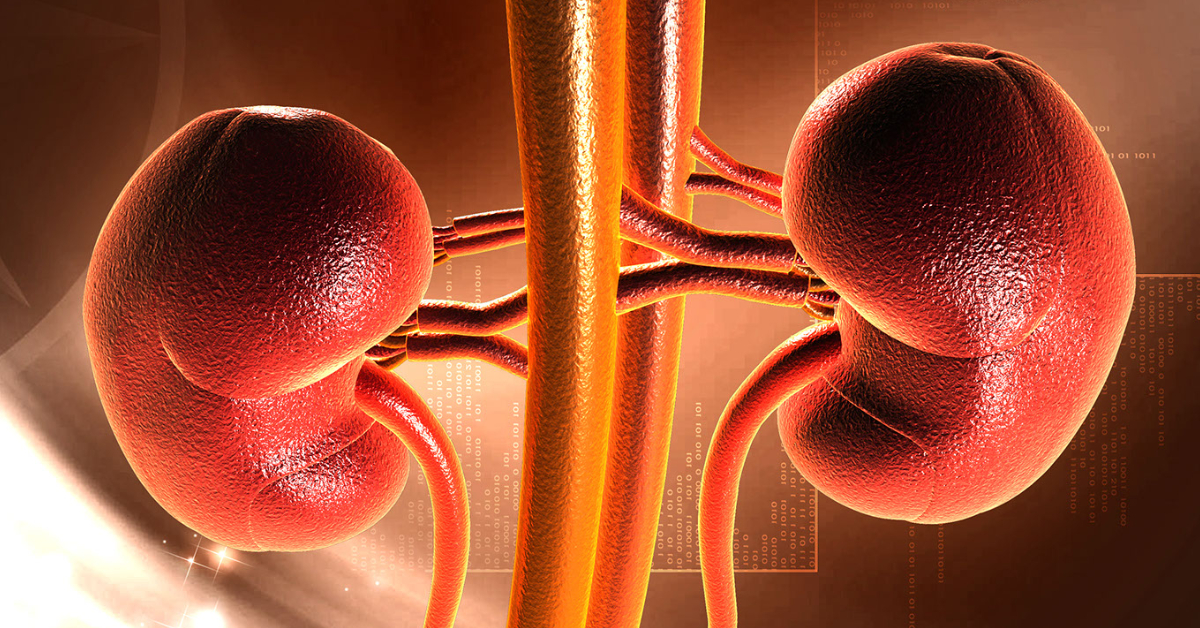
Table of Contents What is Kidney Cancer? Kidney cancer, also known as renal cancer, originates in the kidneys and can manifest in various forms, with
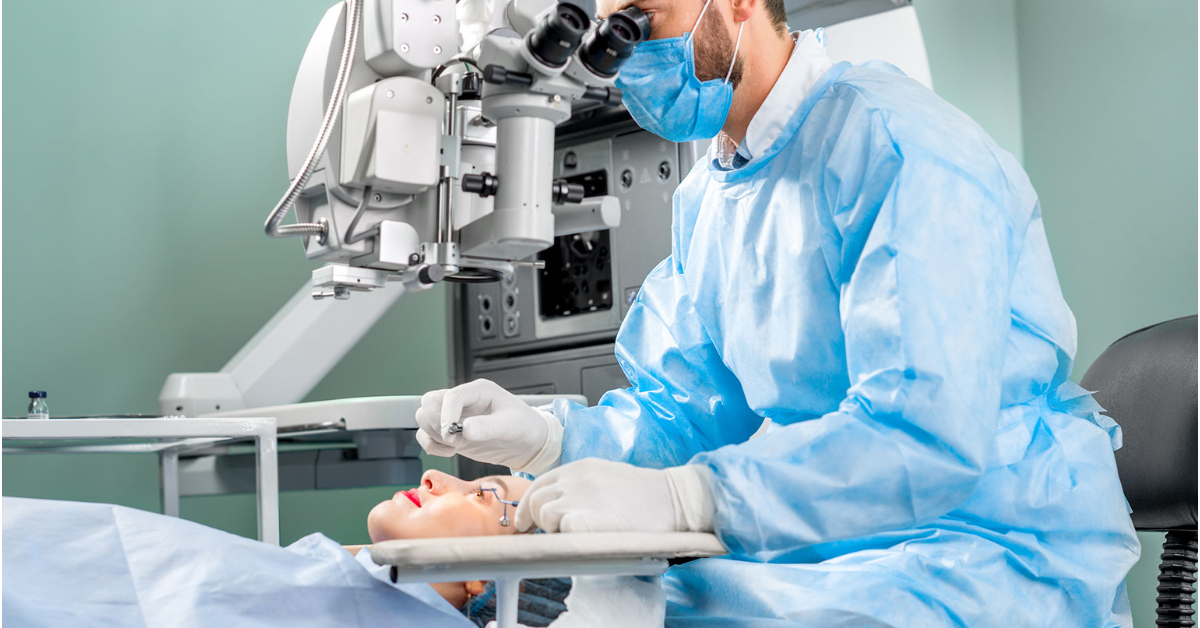
Table of Contents What is Keratoplasty Procedure? Keratoplasty, commonly known as corneal transplant surgery, is a medical procedure aimed at replacing a damaged or diseased

Table of Contents What is Keratoconus ? Keratoconus is a progressive eye condition characterized by the thinning and bulging of the cornea into a cone-like
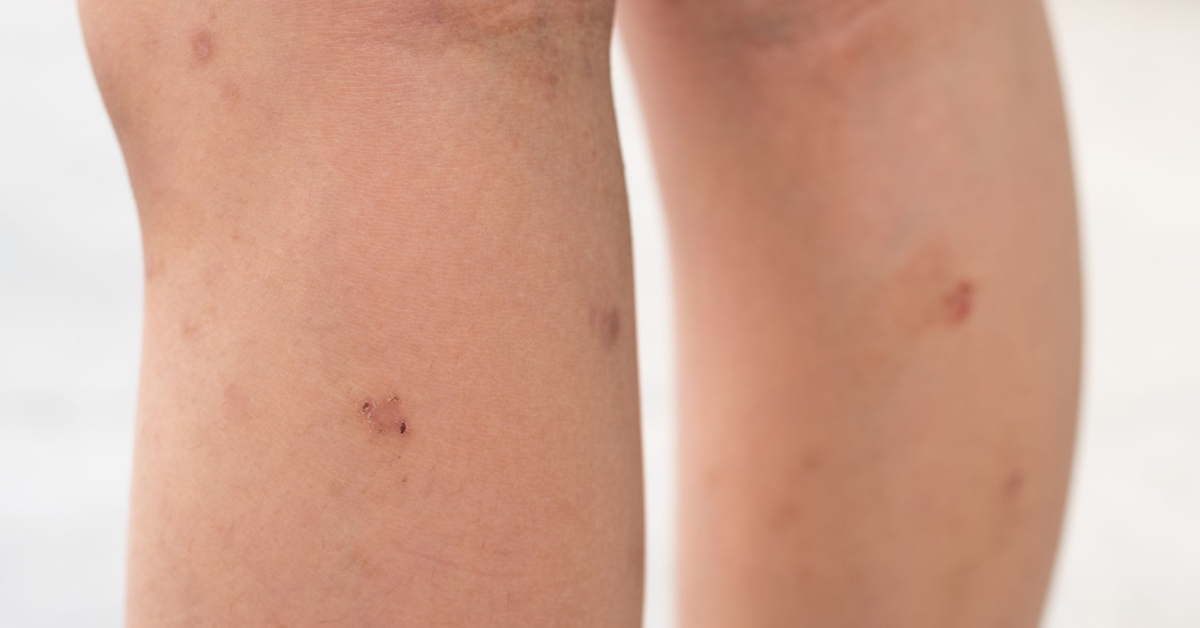
Table of Contents What is Kaposi’s Sarcoma? Kaposi’s Sarcoma (KS) is a rare and complex cancer that primarily affects the skin but can also involve

Table of Contents What is Jaw Surgery? Jaw surgery, or orthognathic surgery, is a specialized procedure aimed at correcting irregularities of the jaw and face.

Table of Contents What is J-Pouch Surgery ? J-Pouch surgery, also known as ileal pouch-anal anastomosis (IPAA), is a surgical procedure designed to restore normal

Table of Contents What is IVF procedure? In vitro fertilization (IVF) is a widely used assisted reproductive technology designed to help individuals and couples achieve
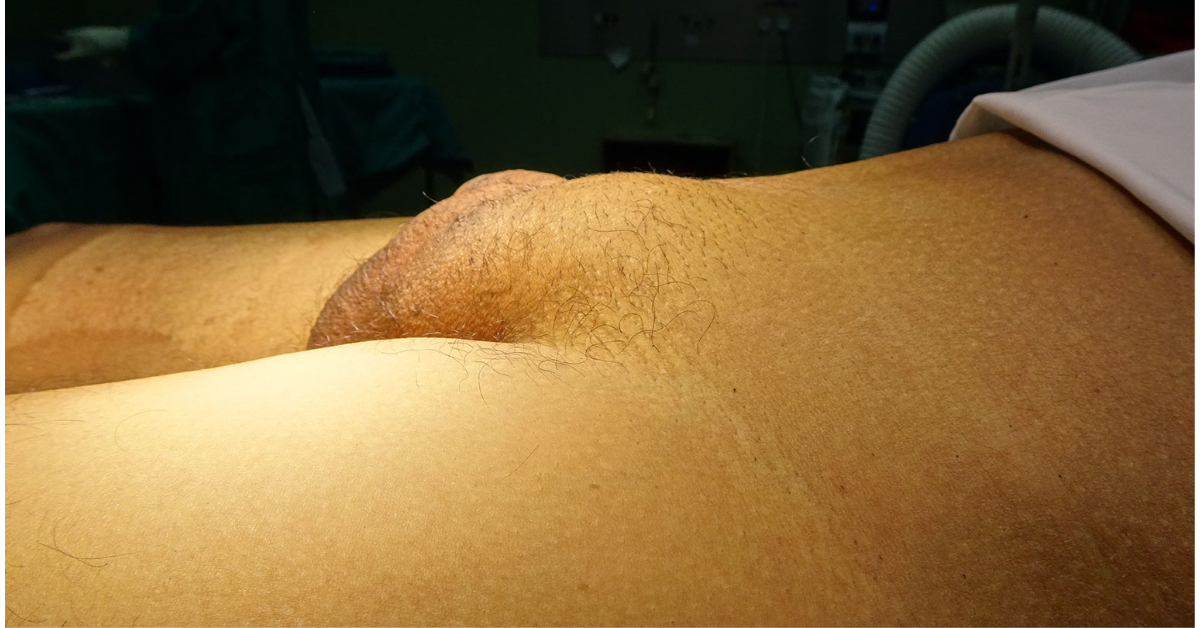
Table of Contents What is Inguinal Hernia? An inguinal hernia occurs when a portion of the intestine or abdominal tissue protrudes through a weak spot

Table of Contents What is Inflammatory Bowel Disease (IBD)? Inflammatory Bowel Disease (IBD) encompasses a group of chronic disorders, primarily Crohn’s disease and ulcerative colitis,
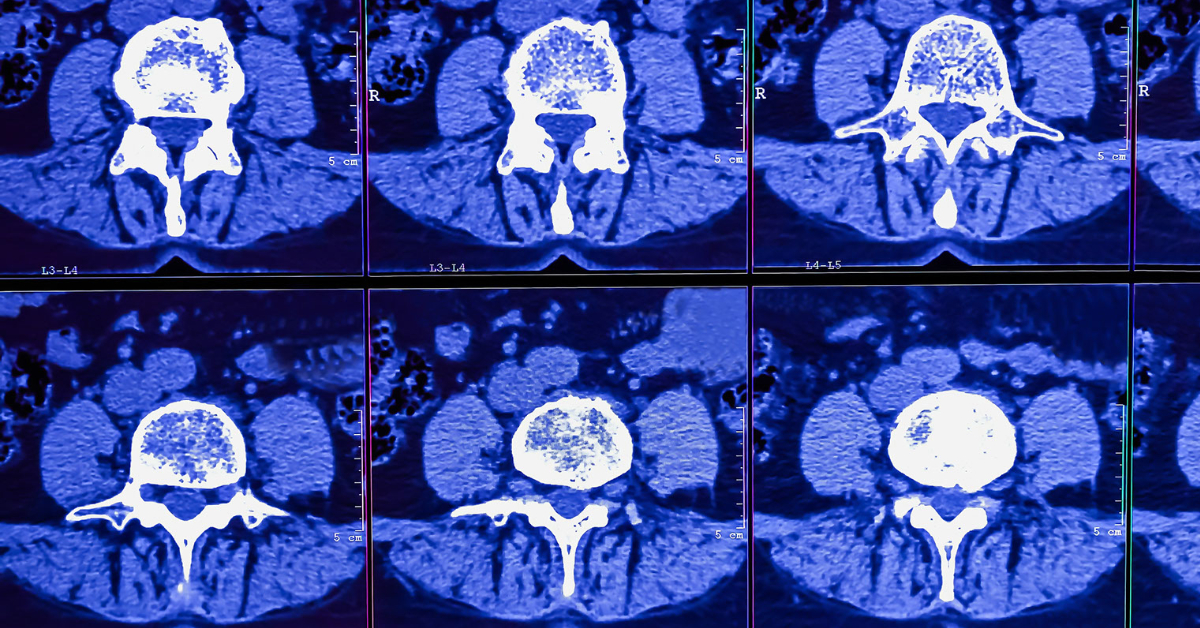
Table of Contents What is a Discogram Procedure? A discogram, also known as a discography, is a diagnostic procedure used to evaluate the condition of
Chat on WhatsApp!
*Please note: As of now, we are only assisting international patients who plan to come to India for medical treatment.